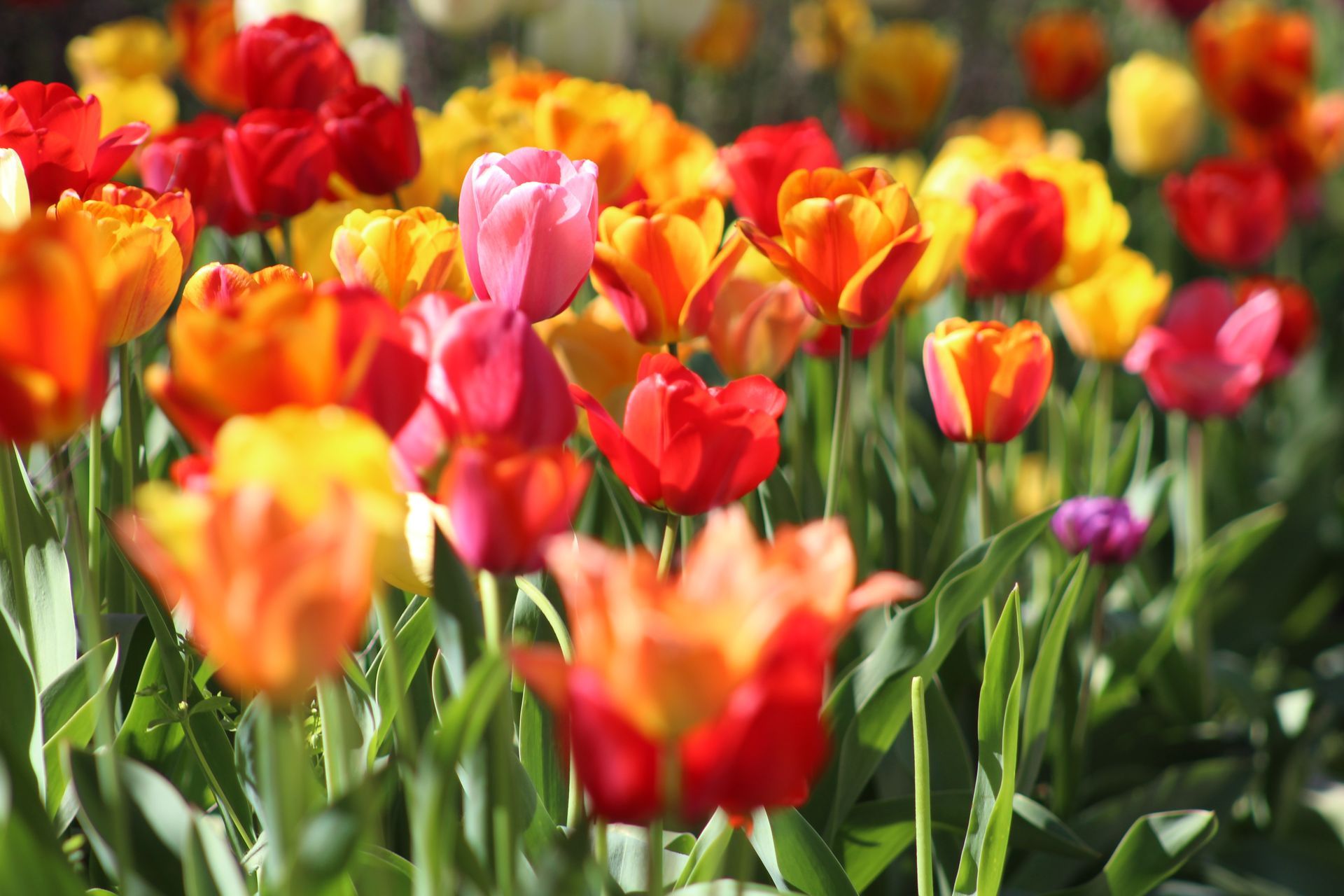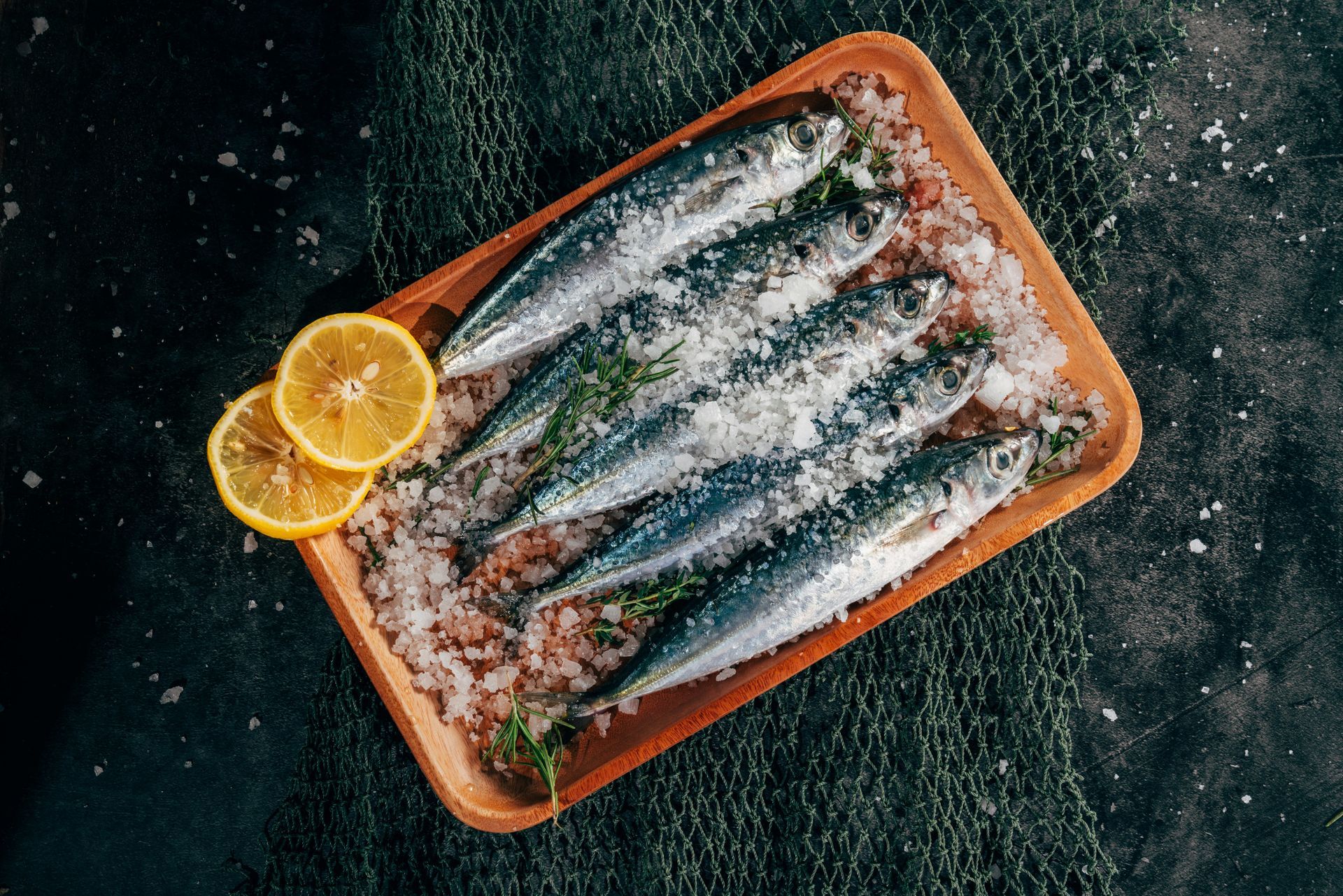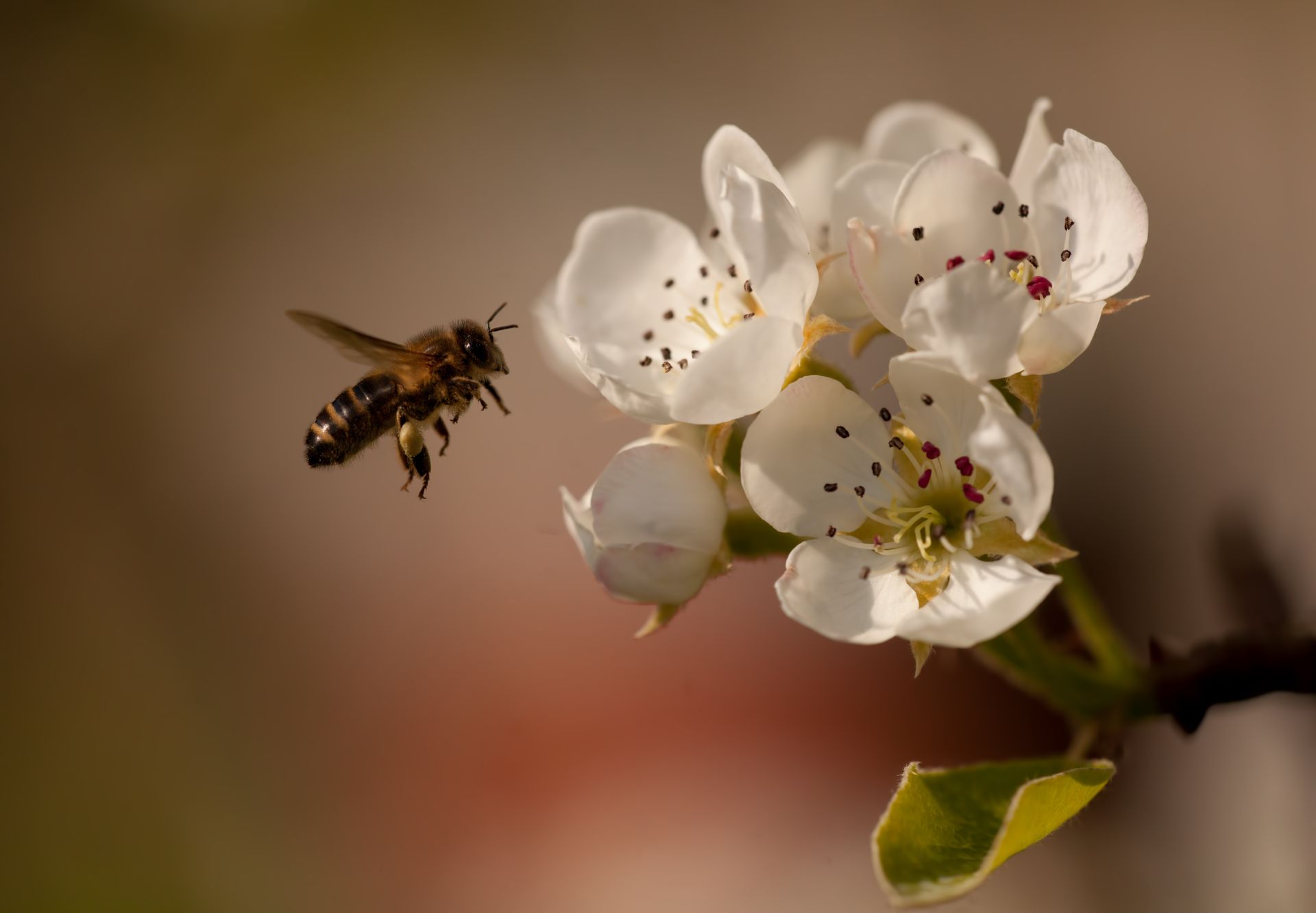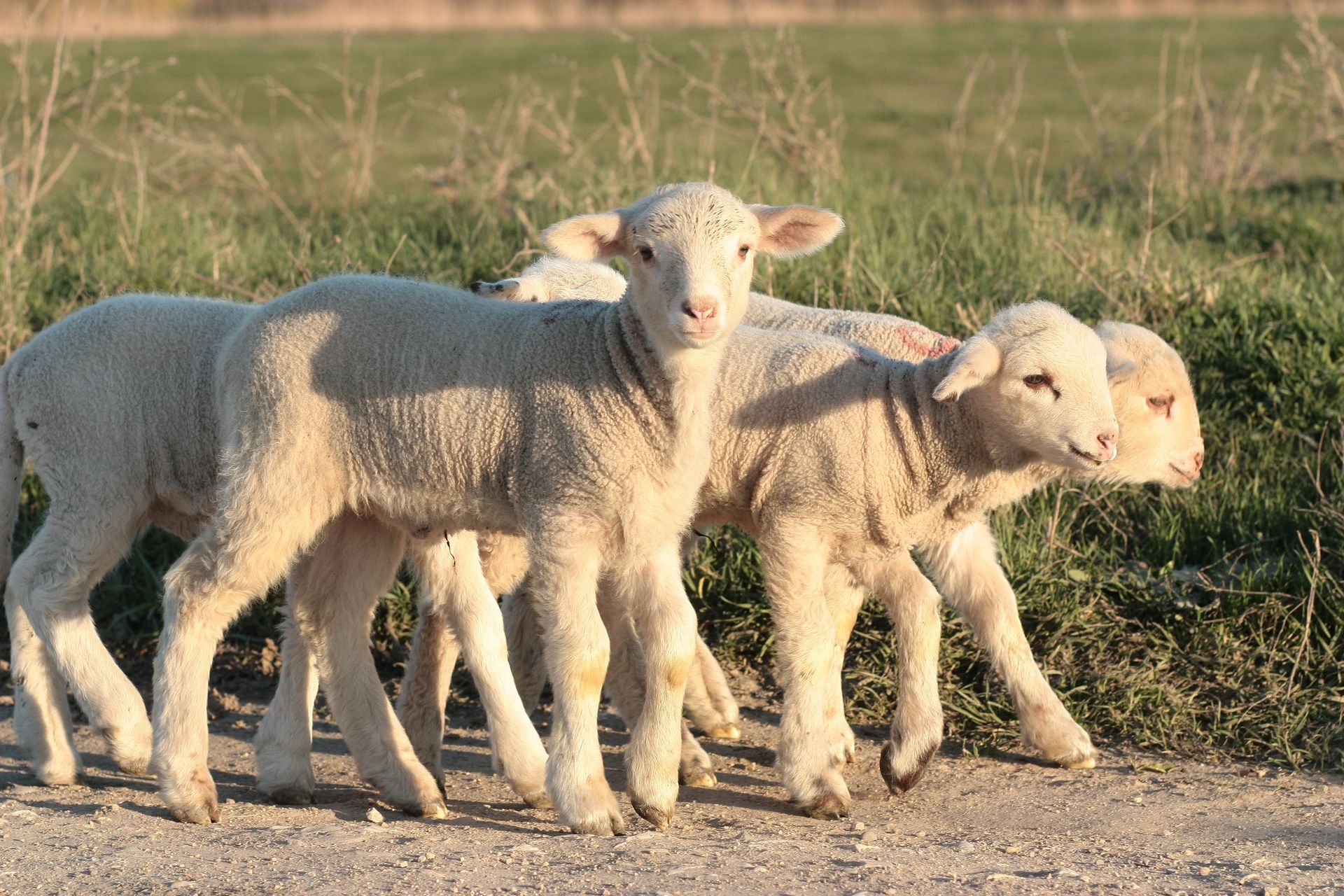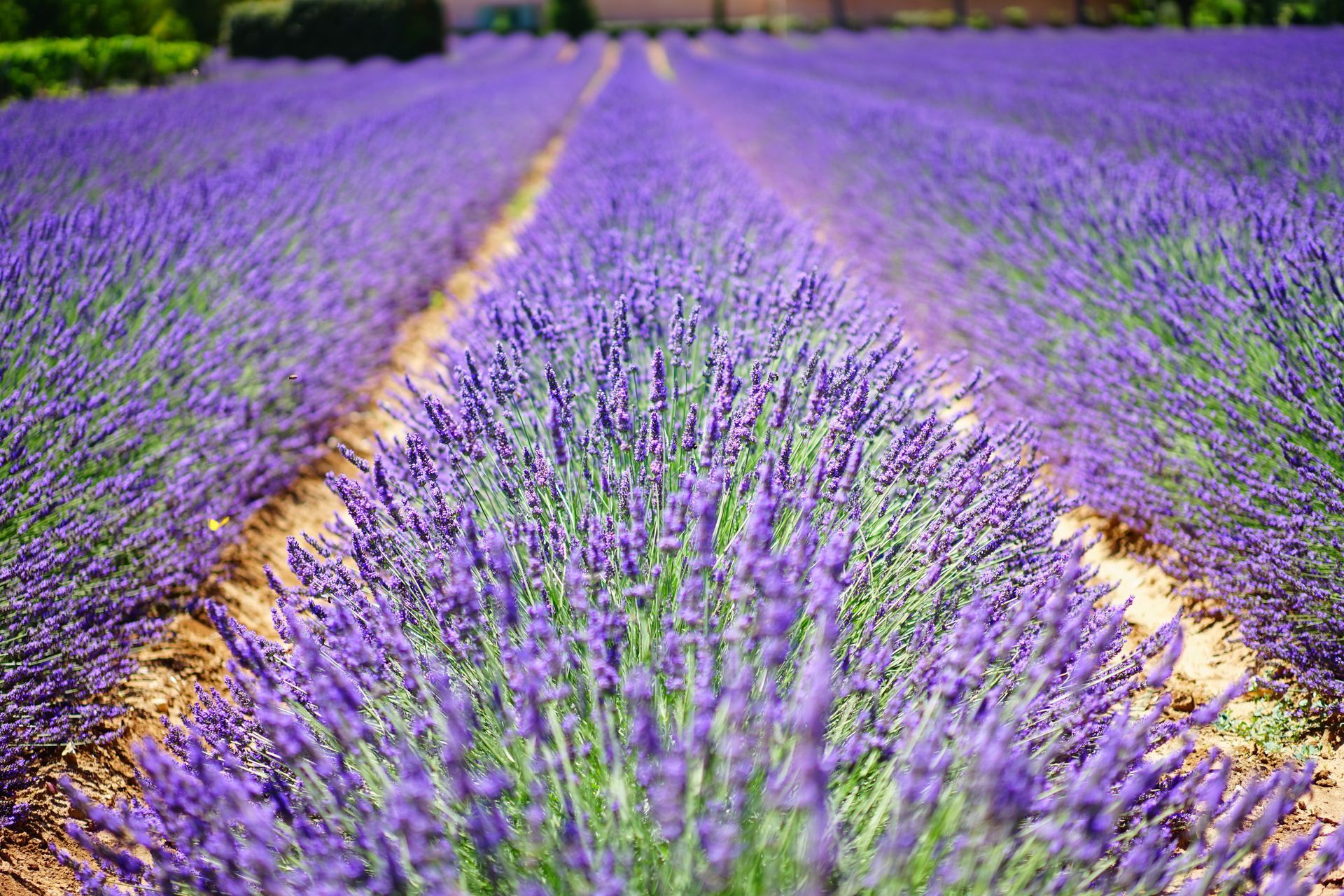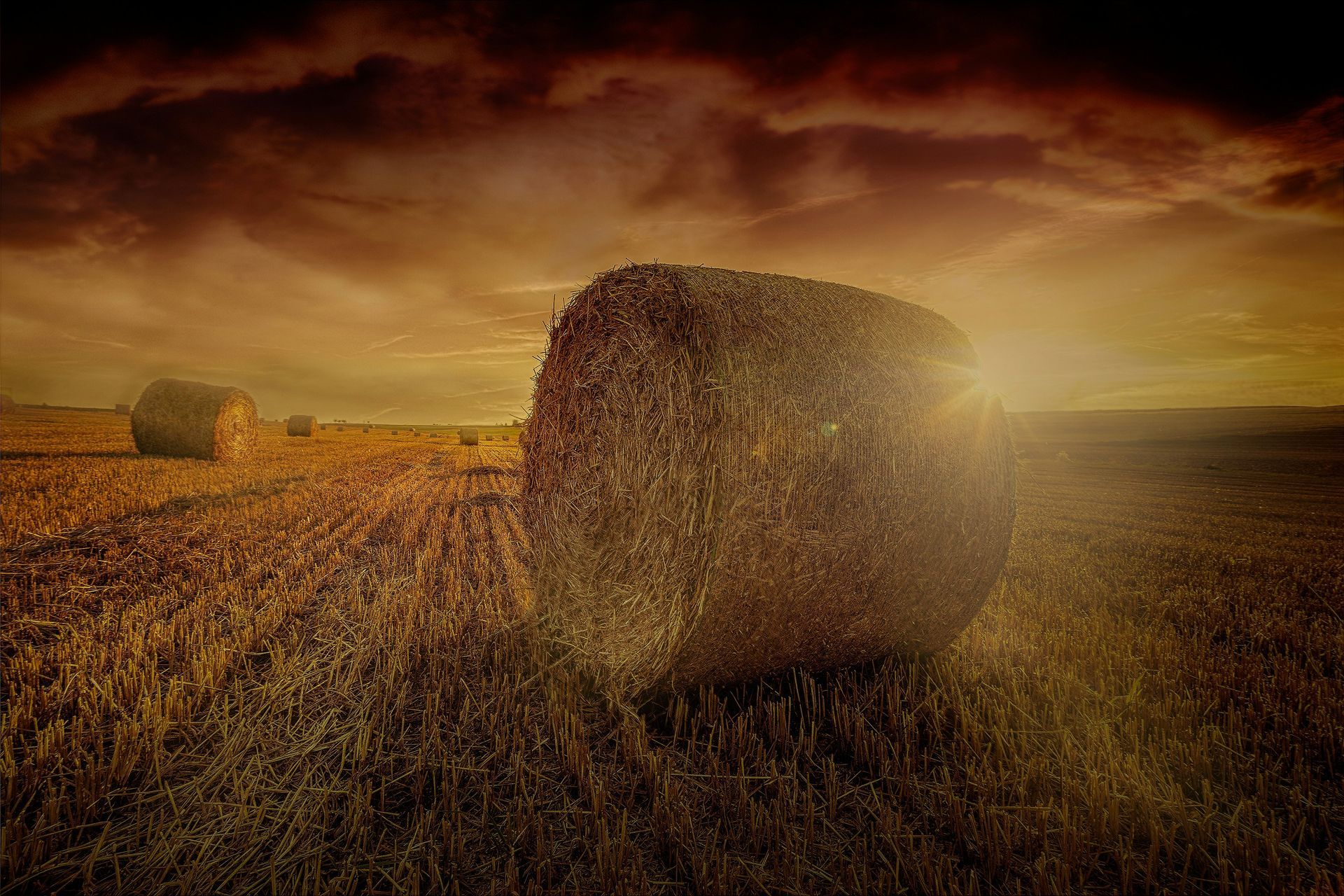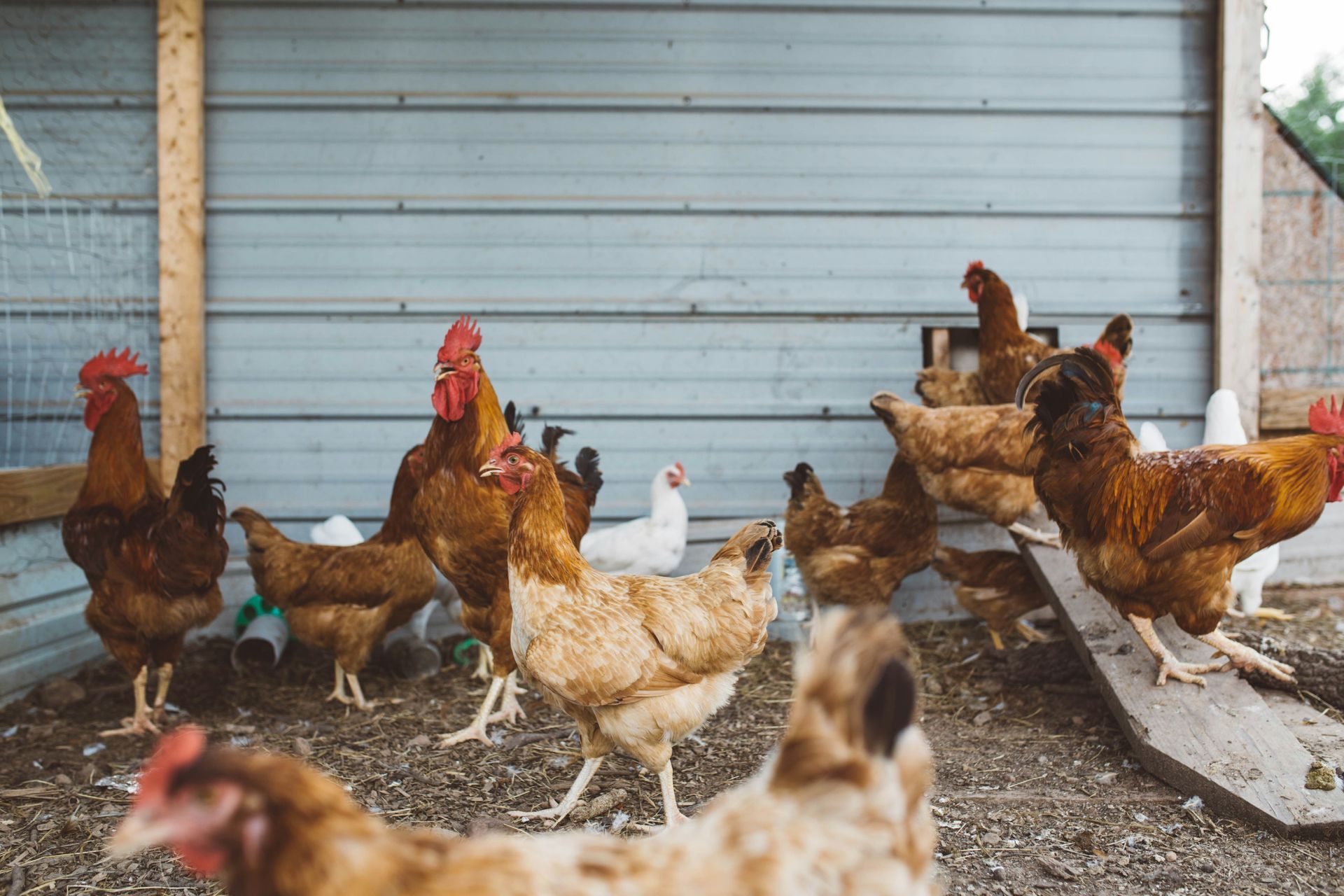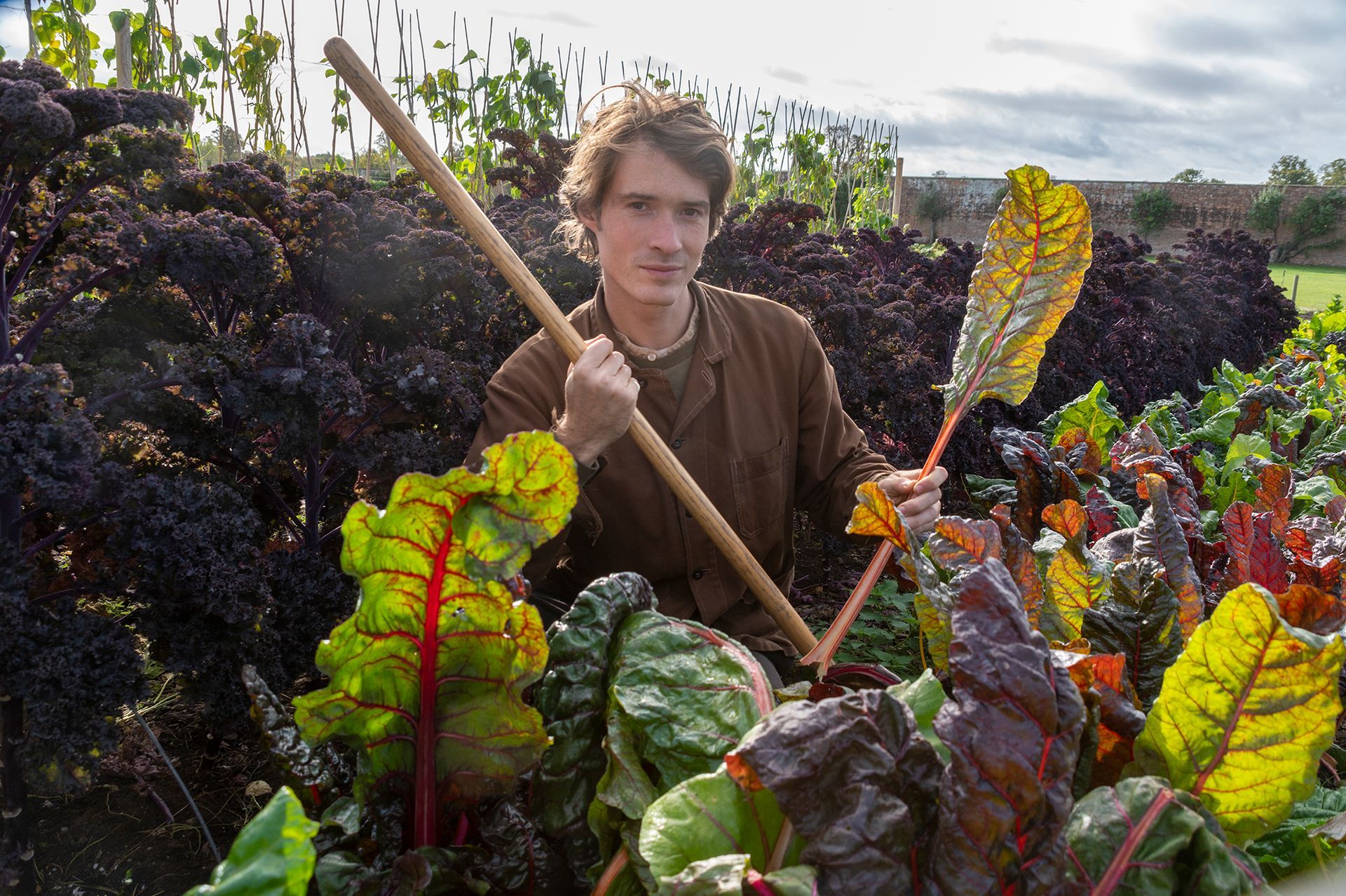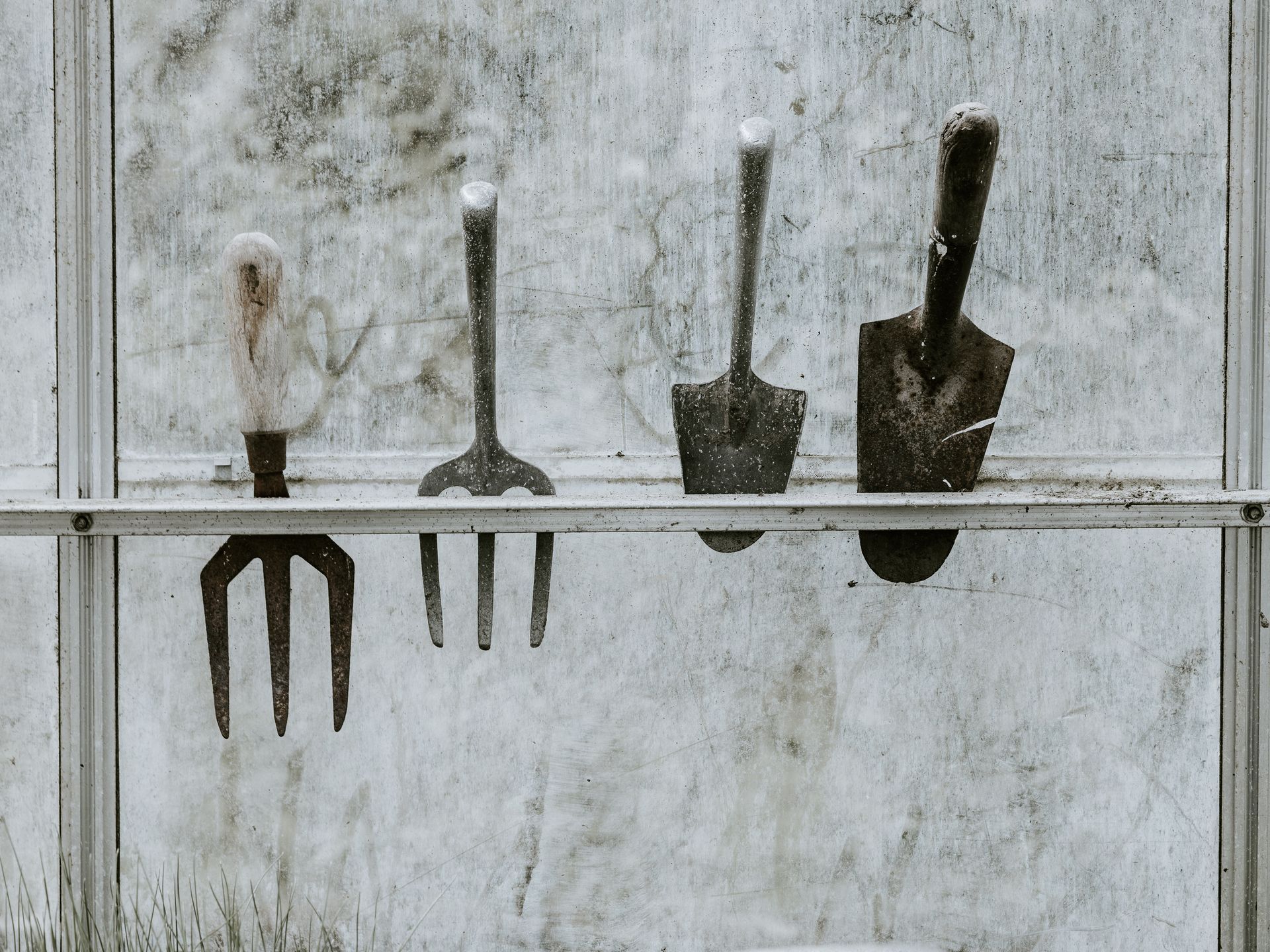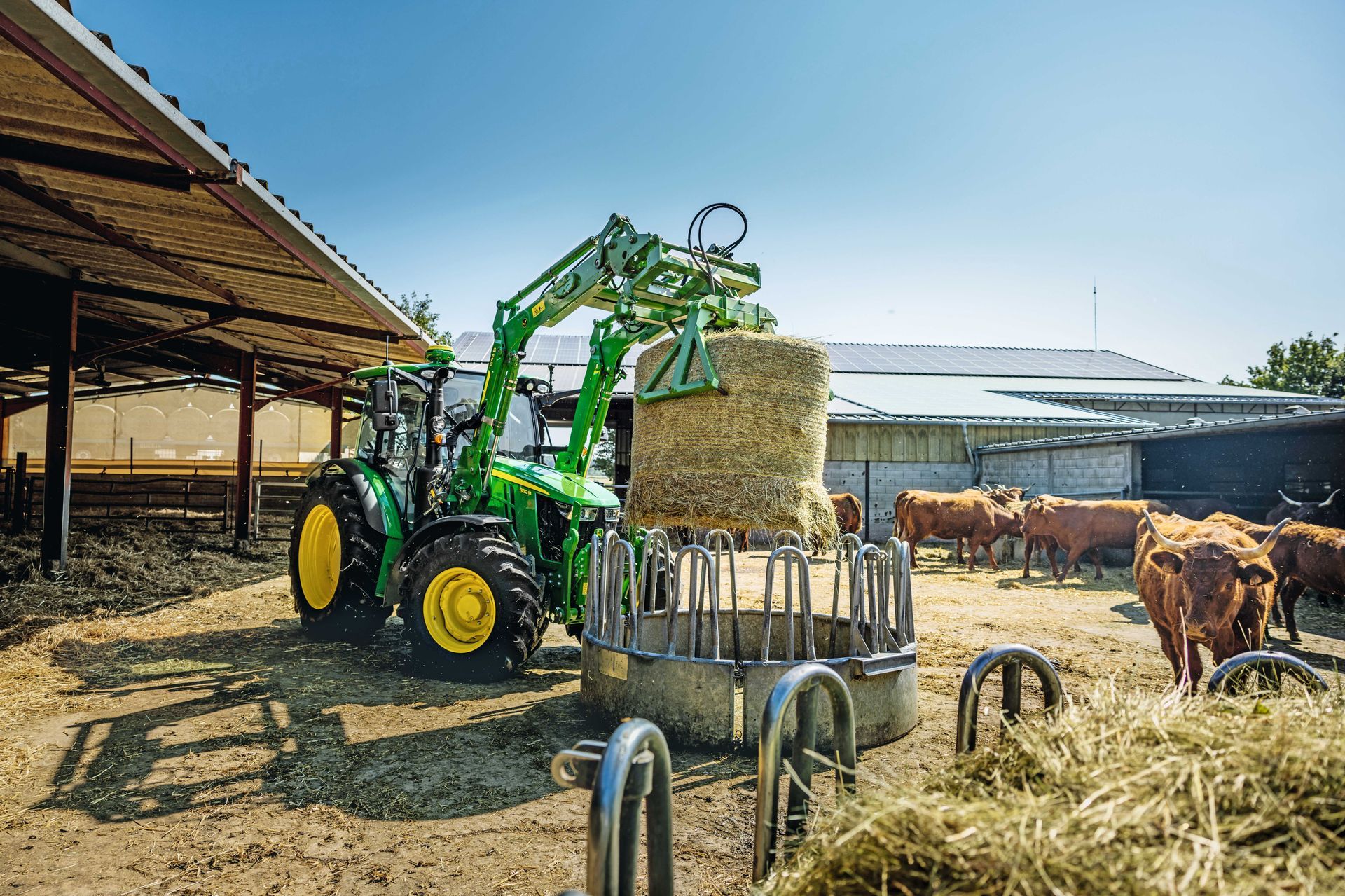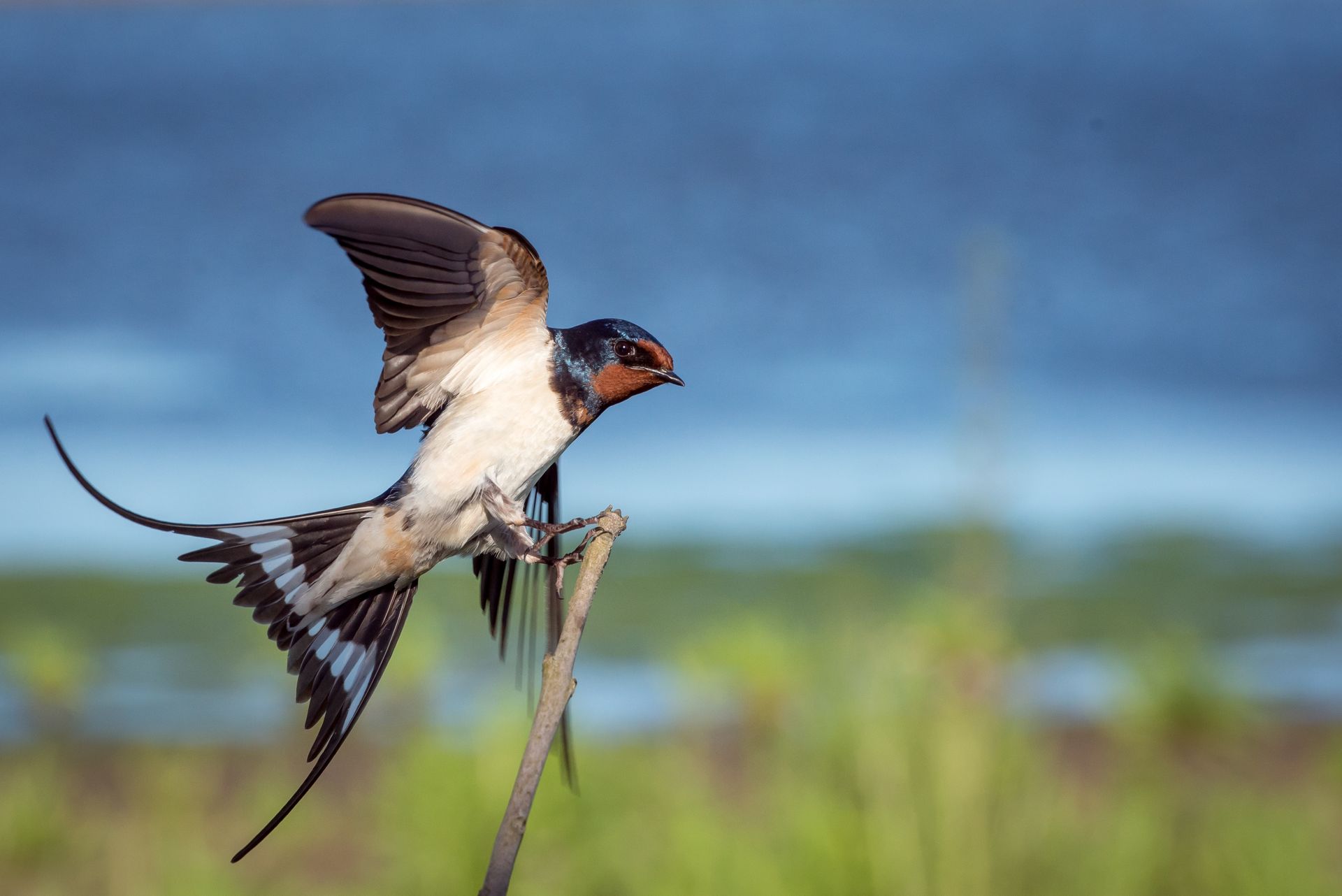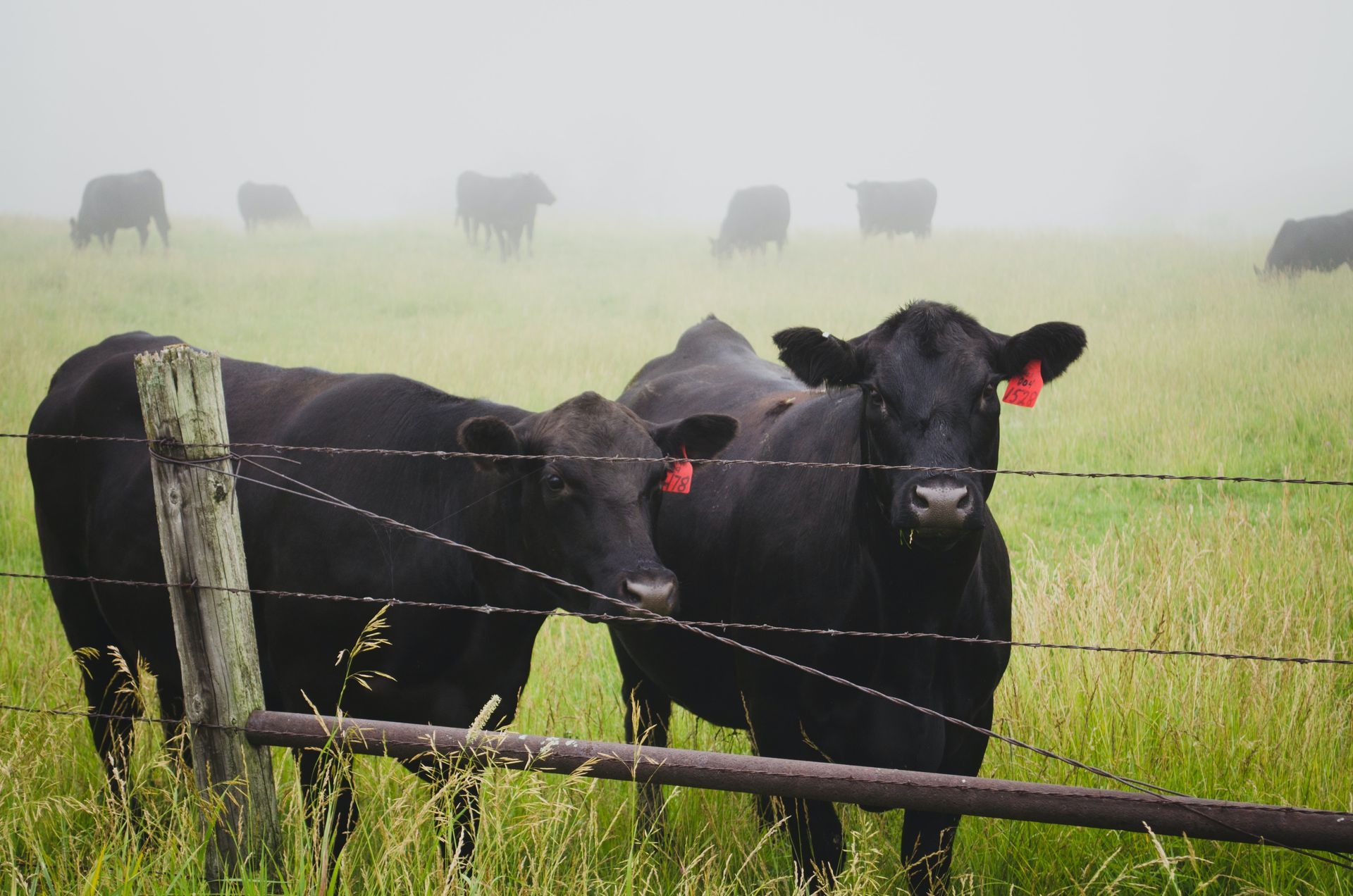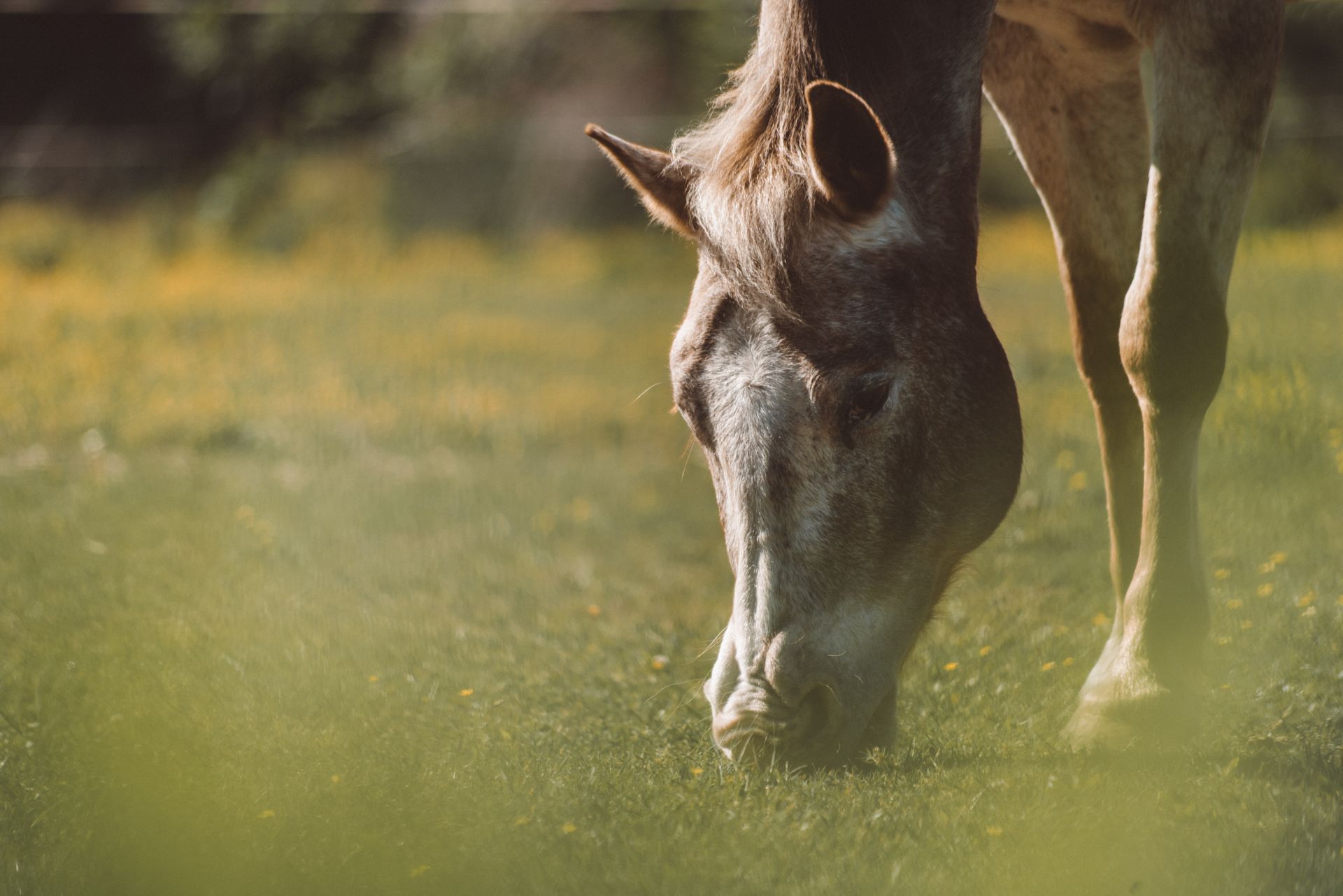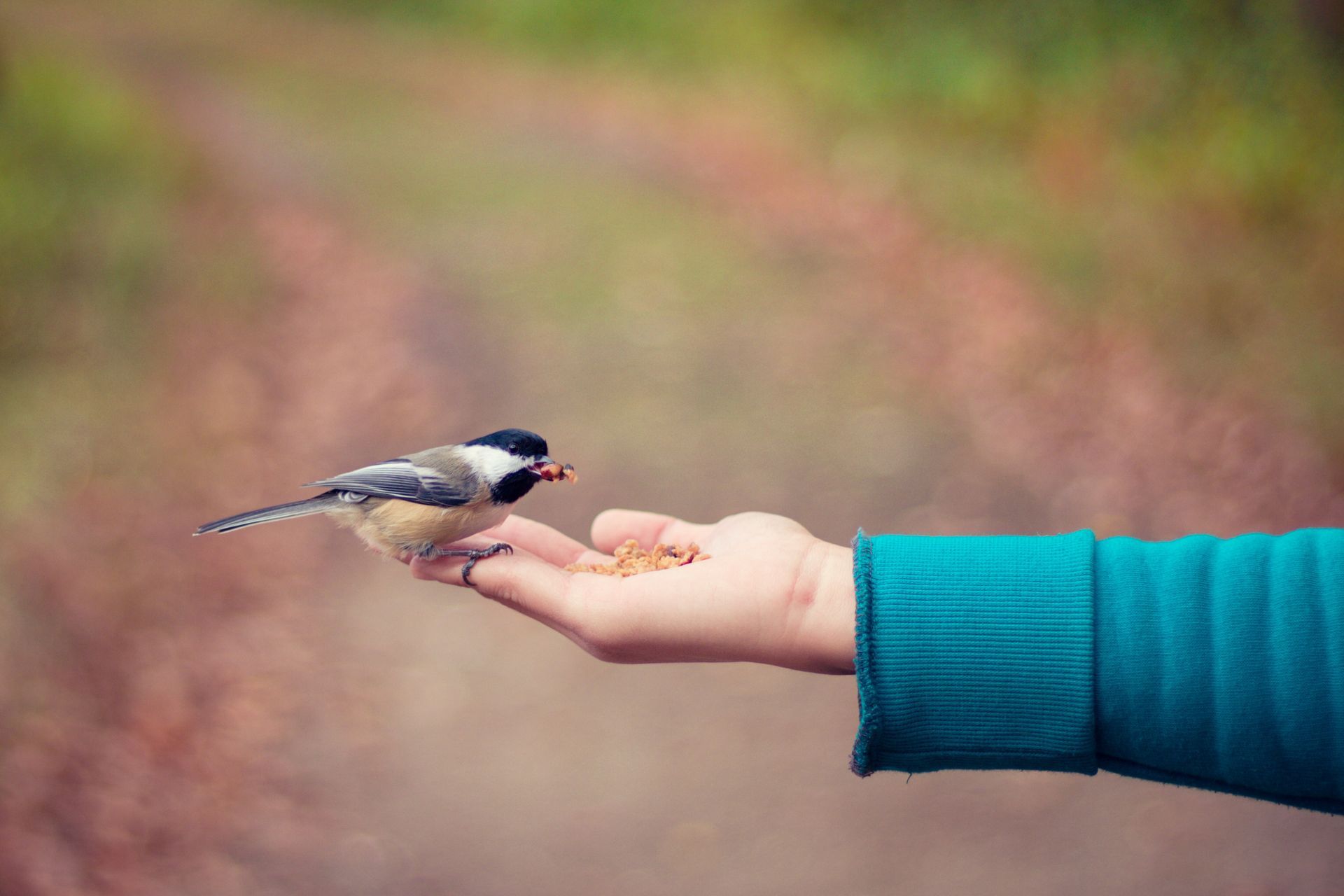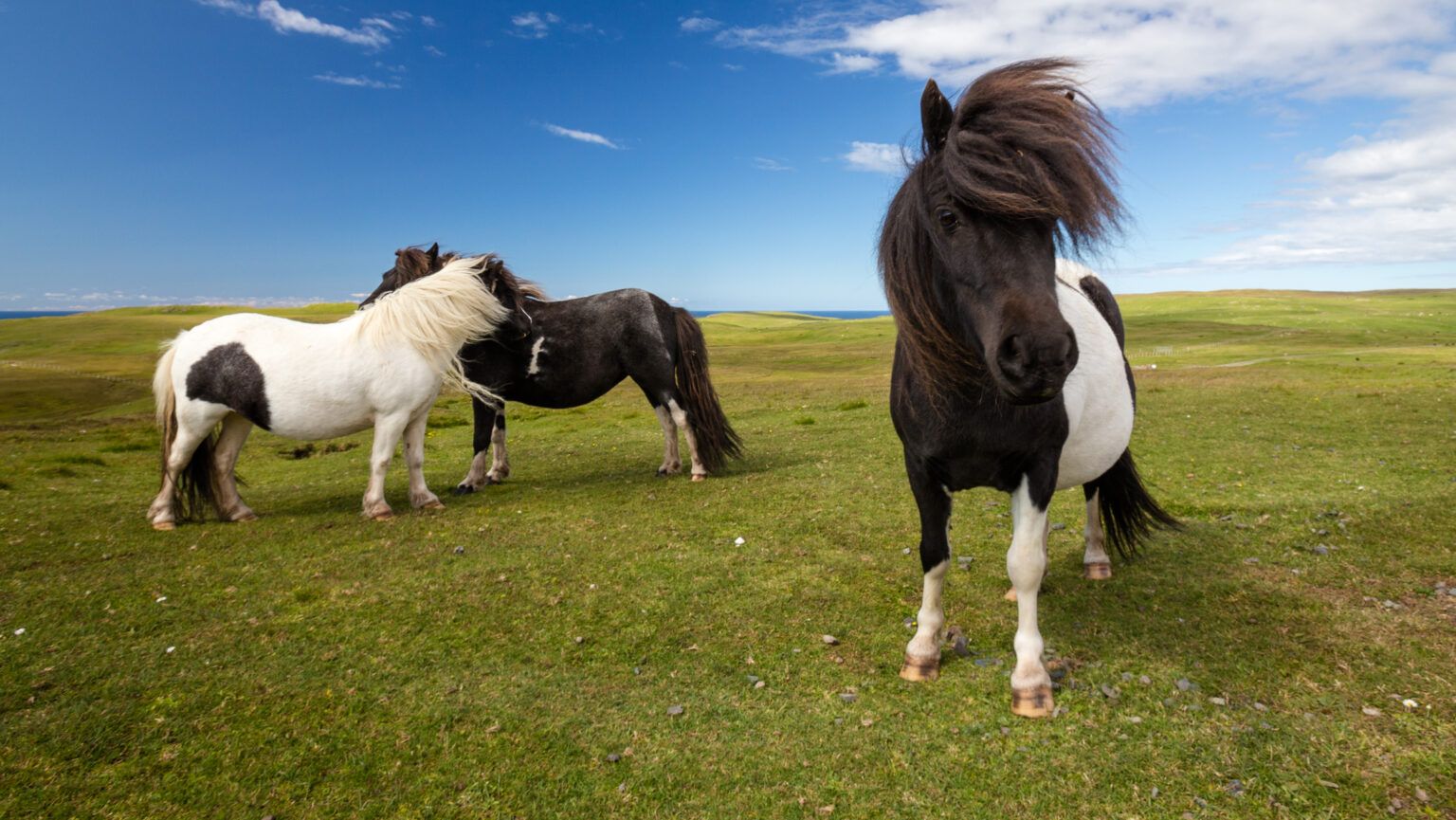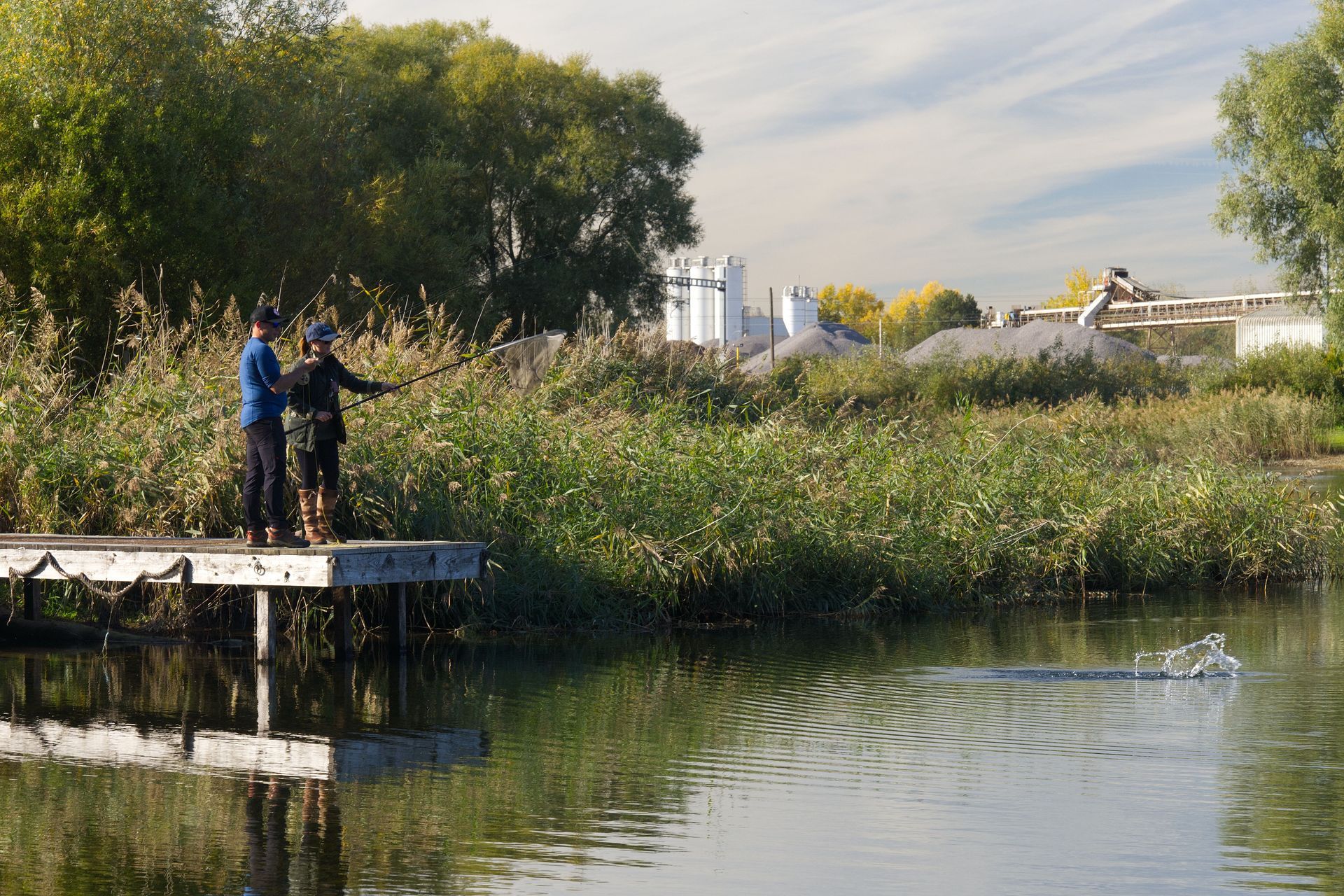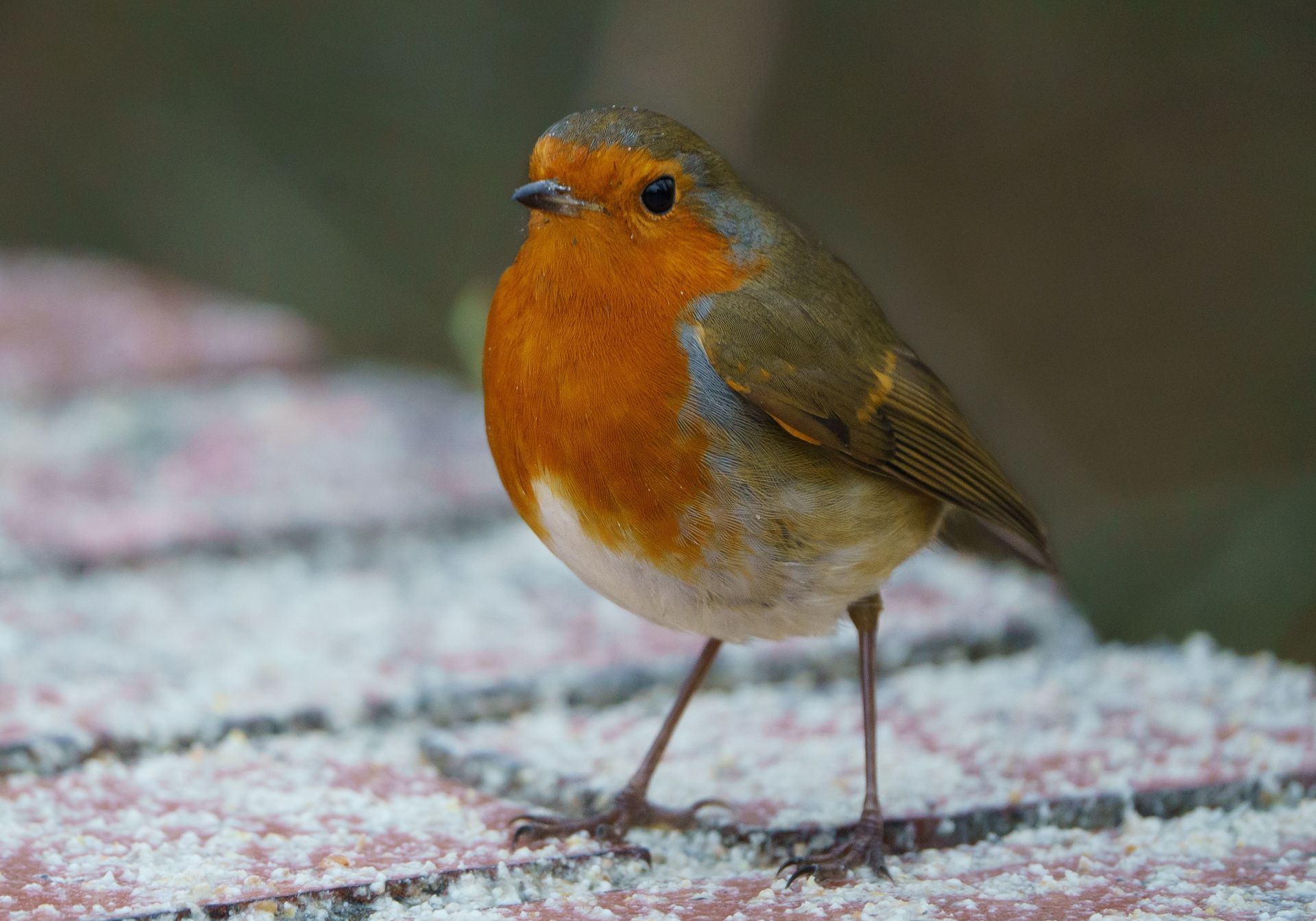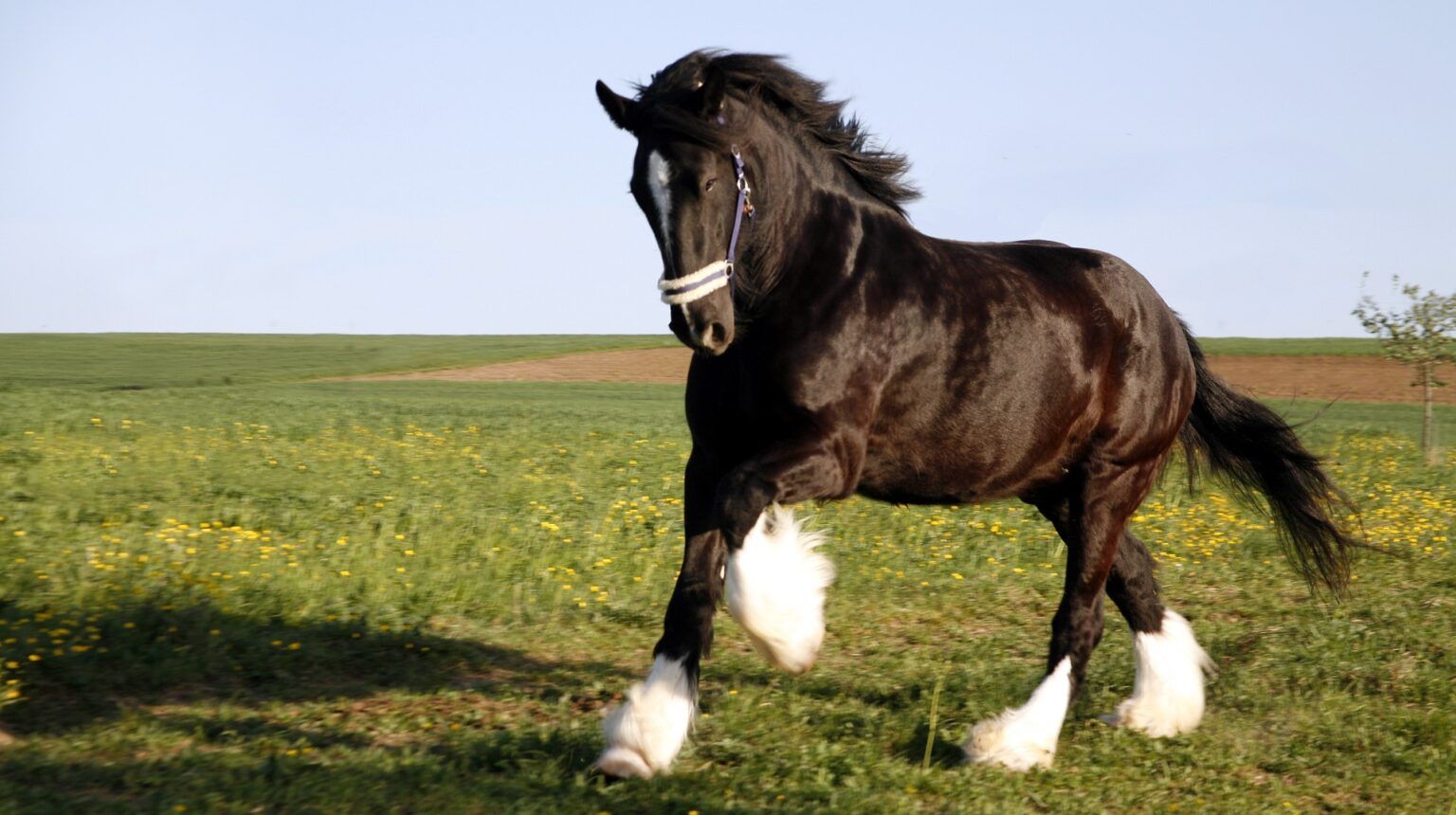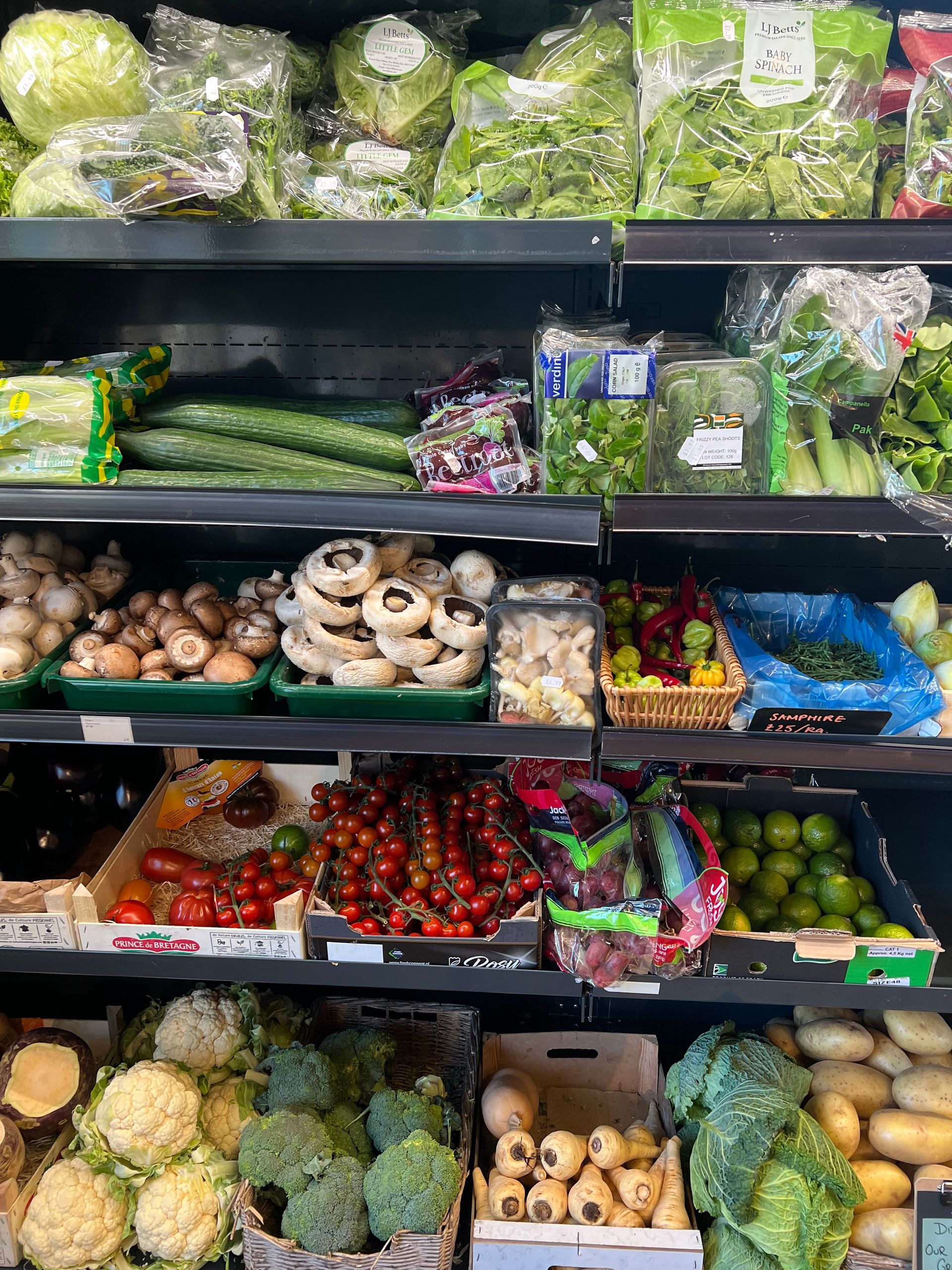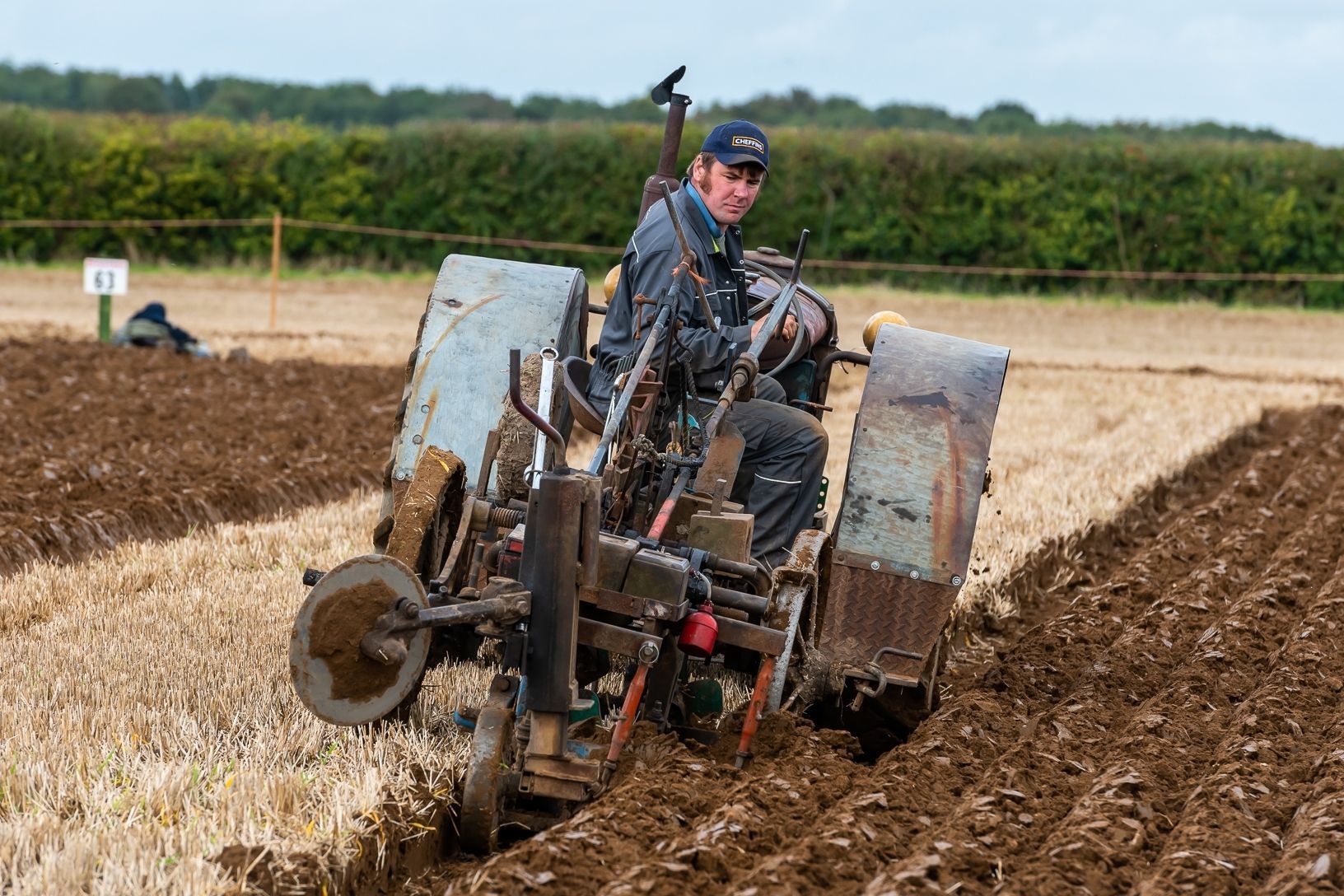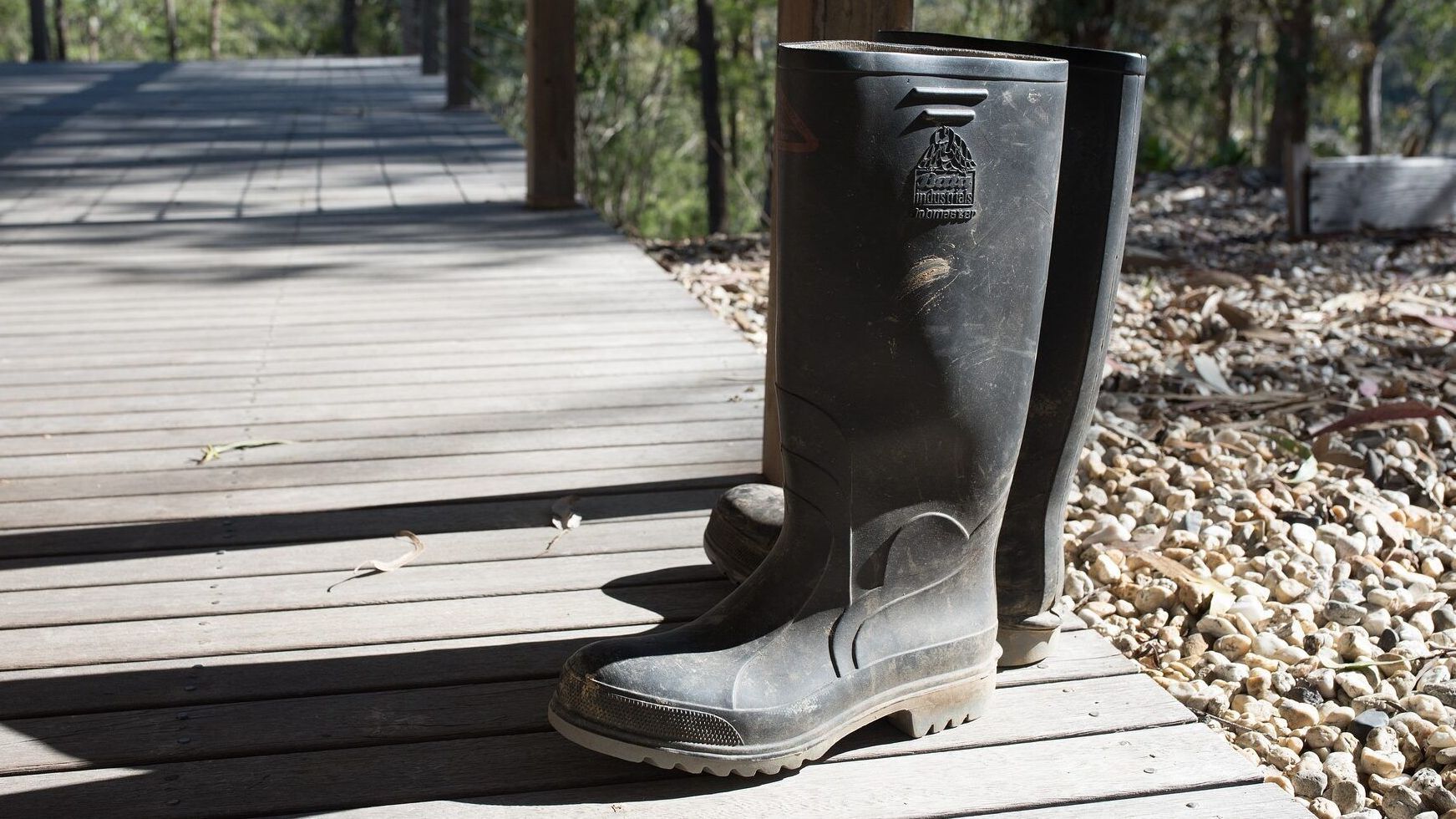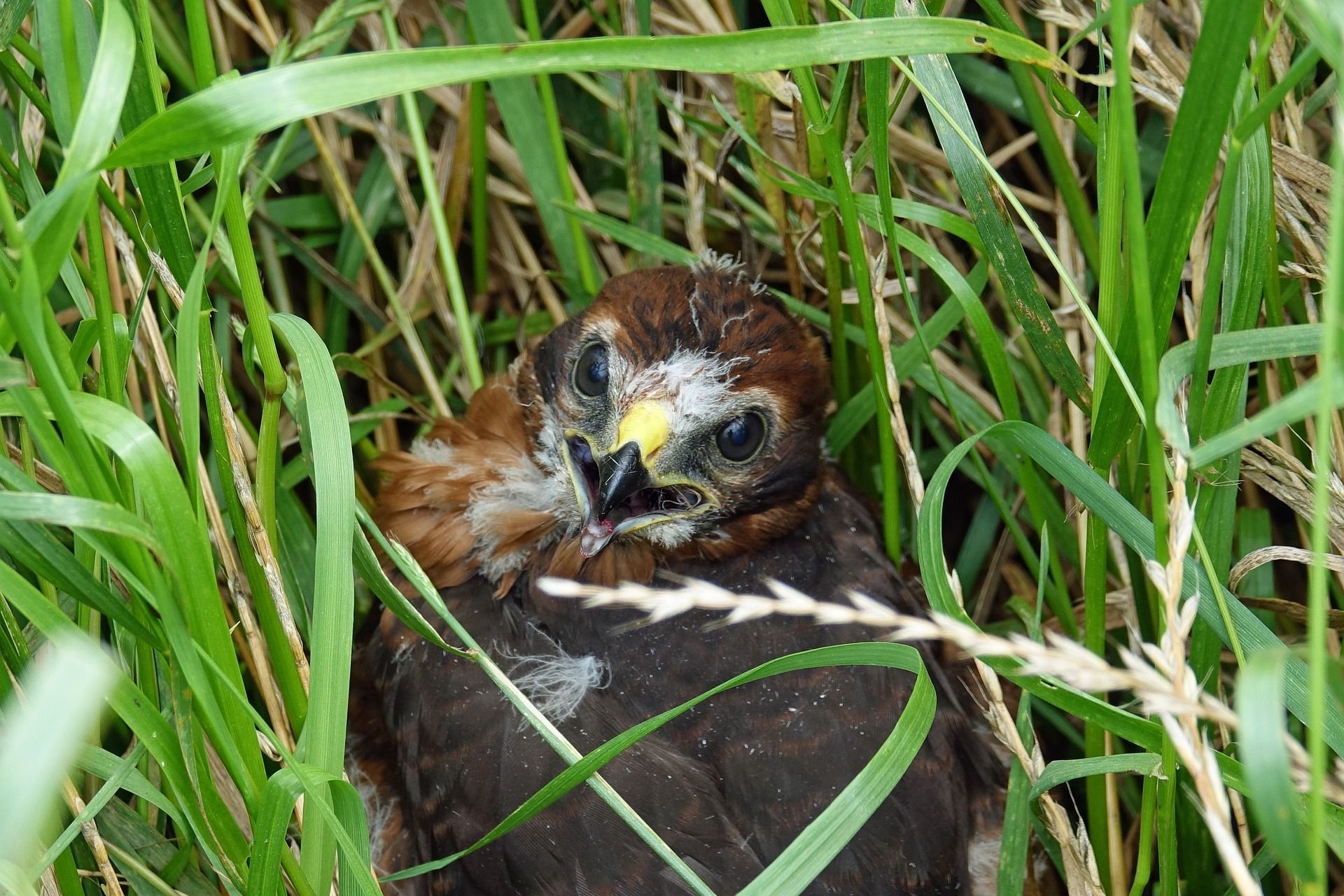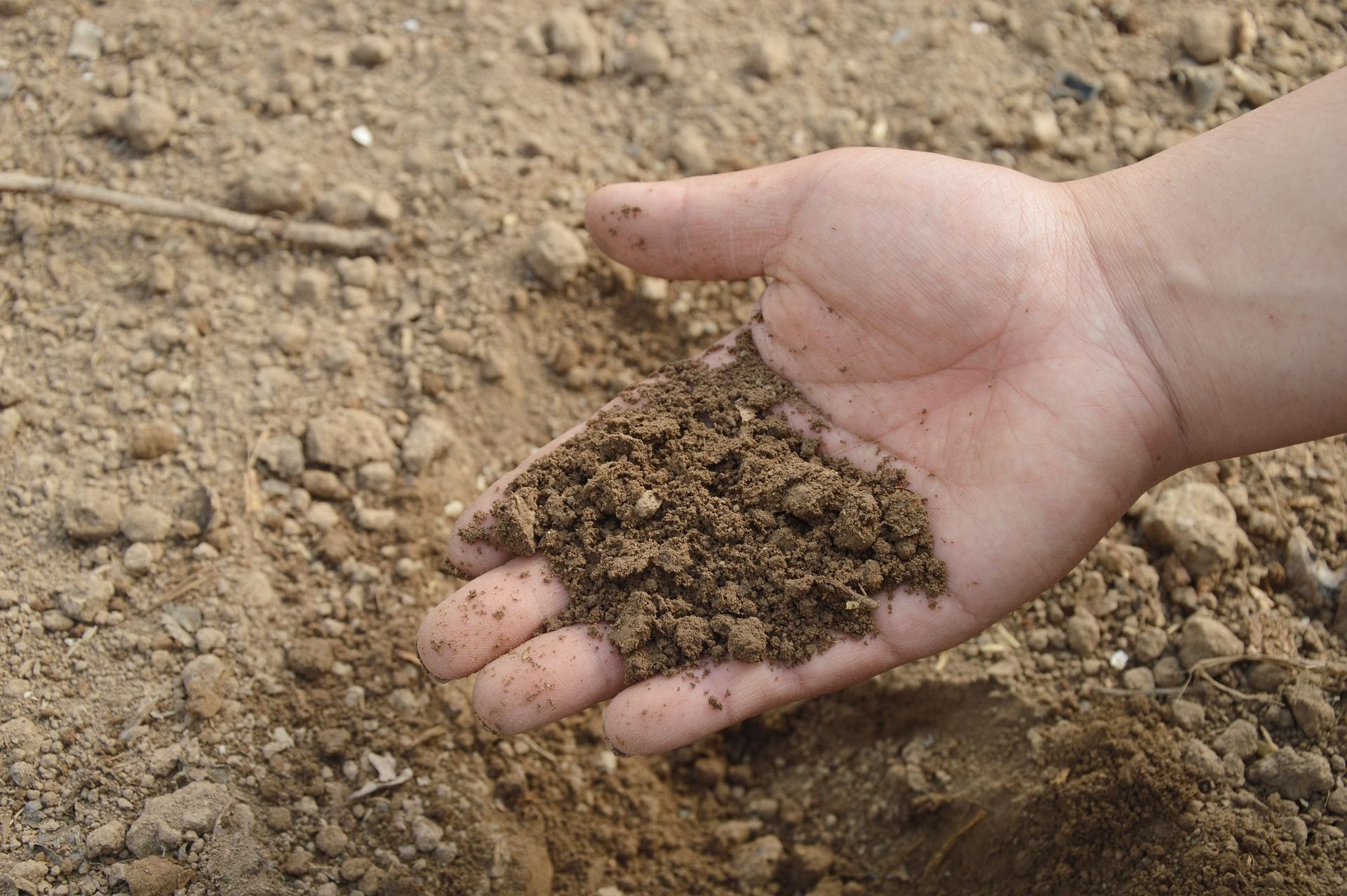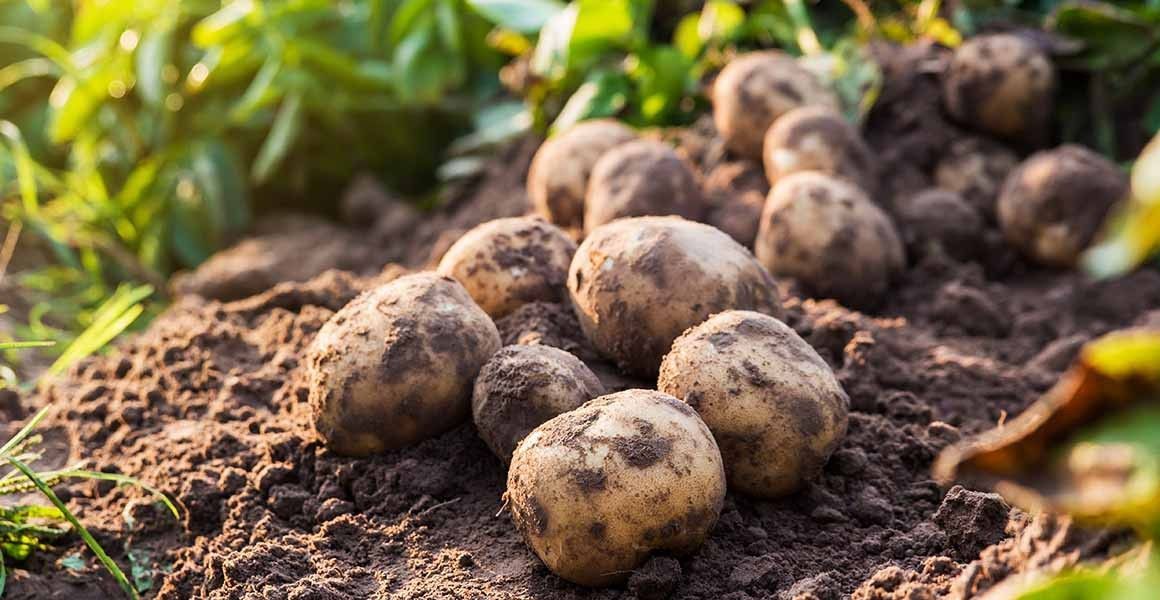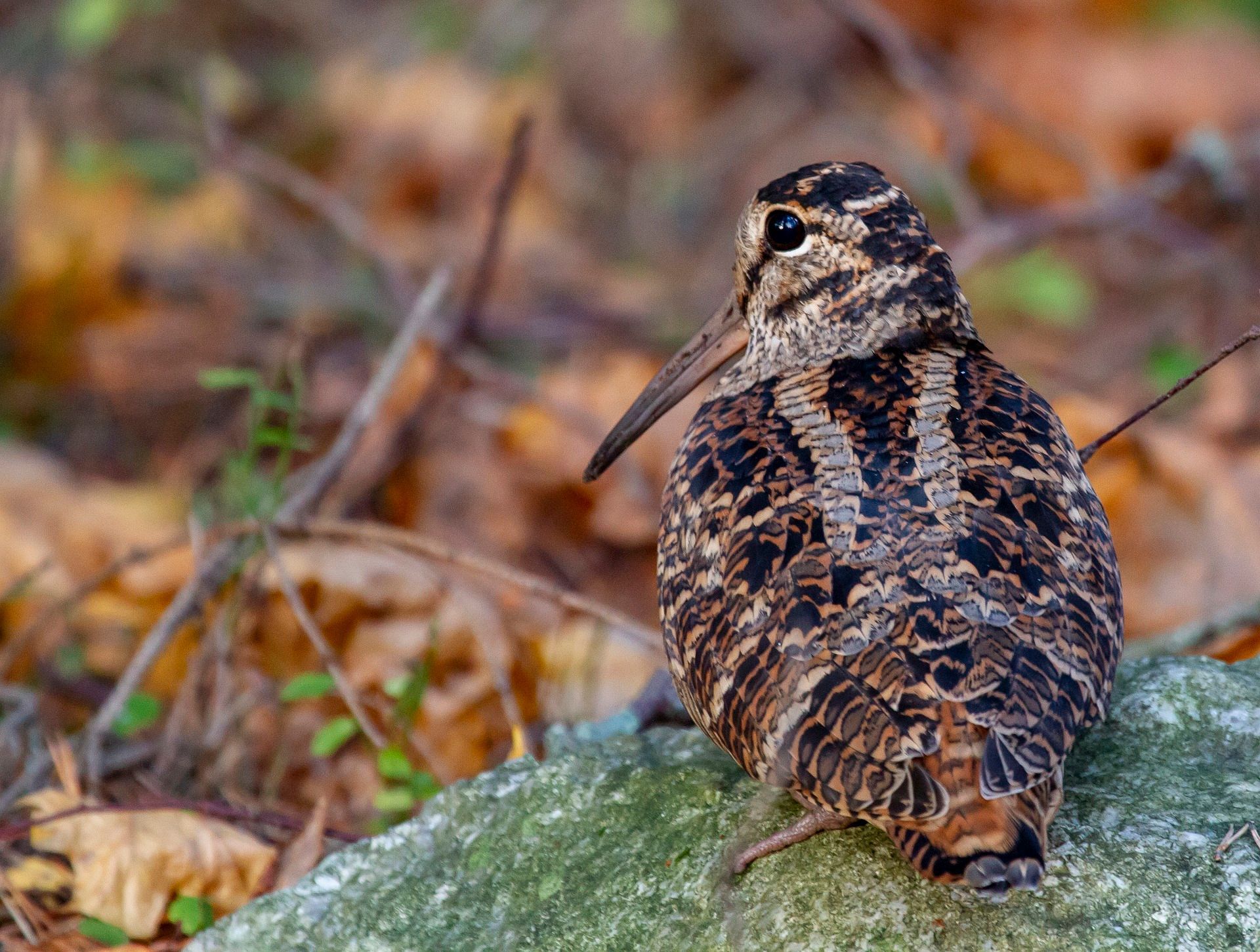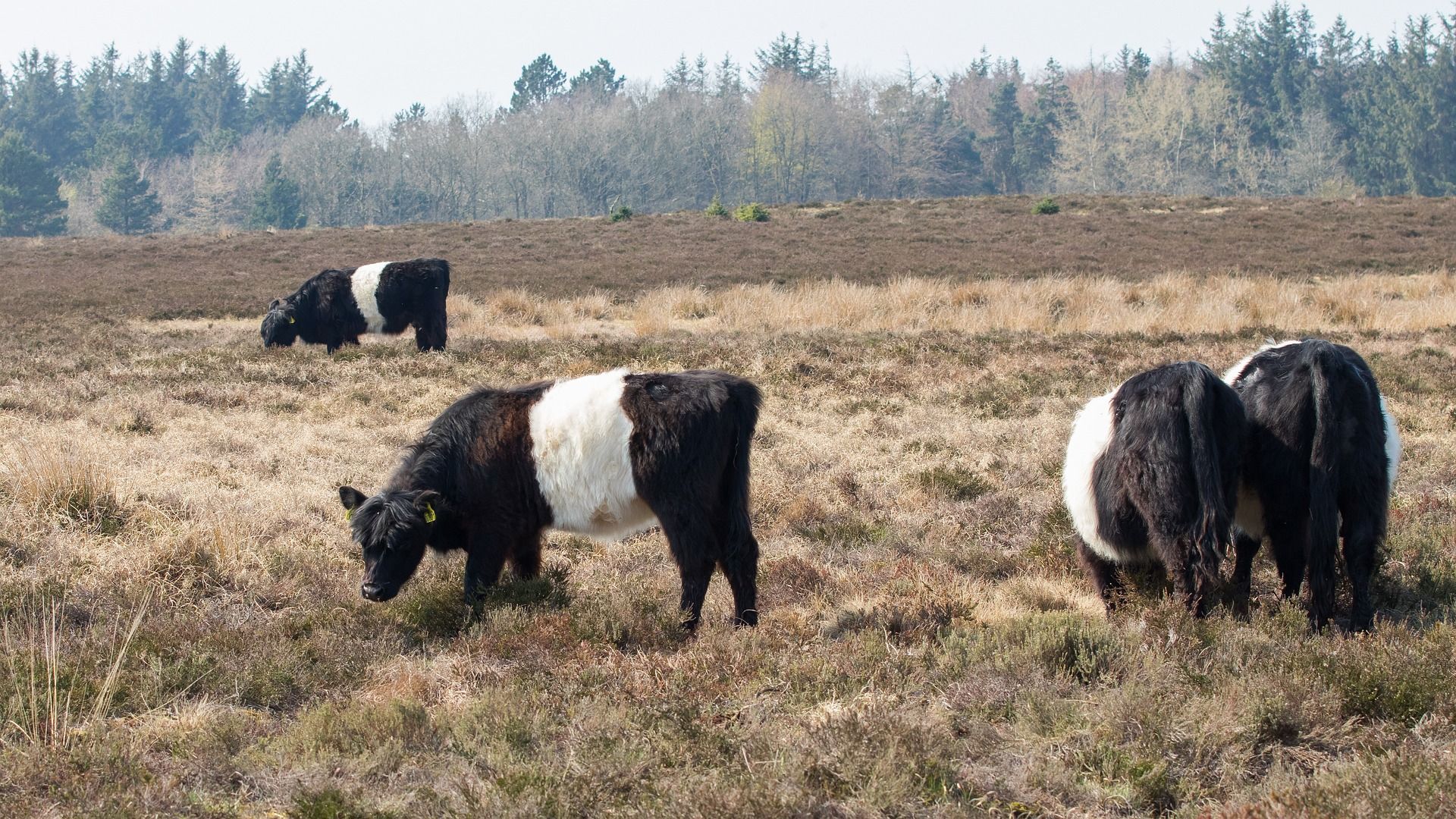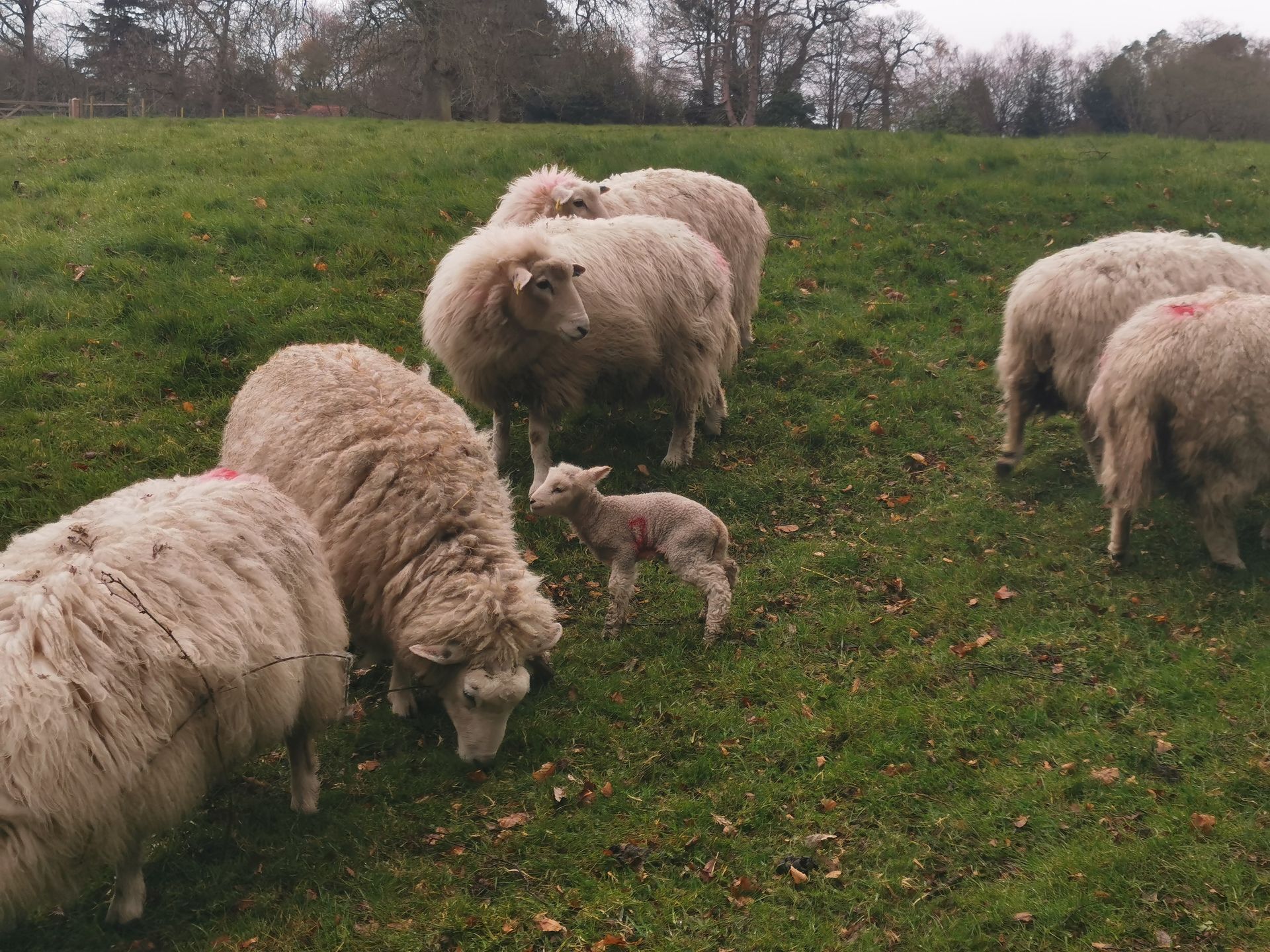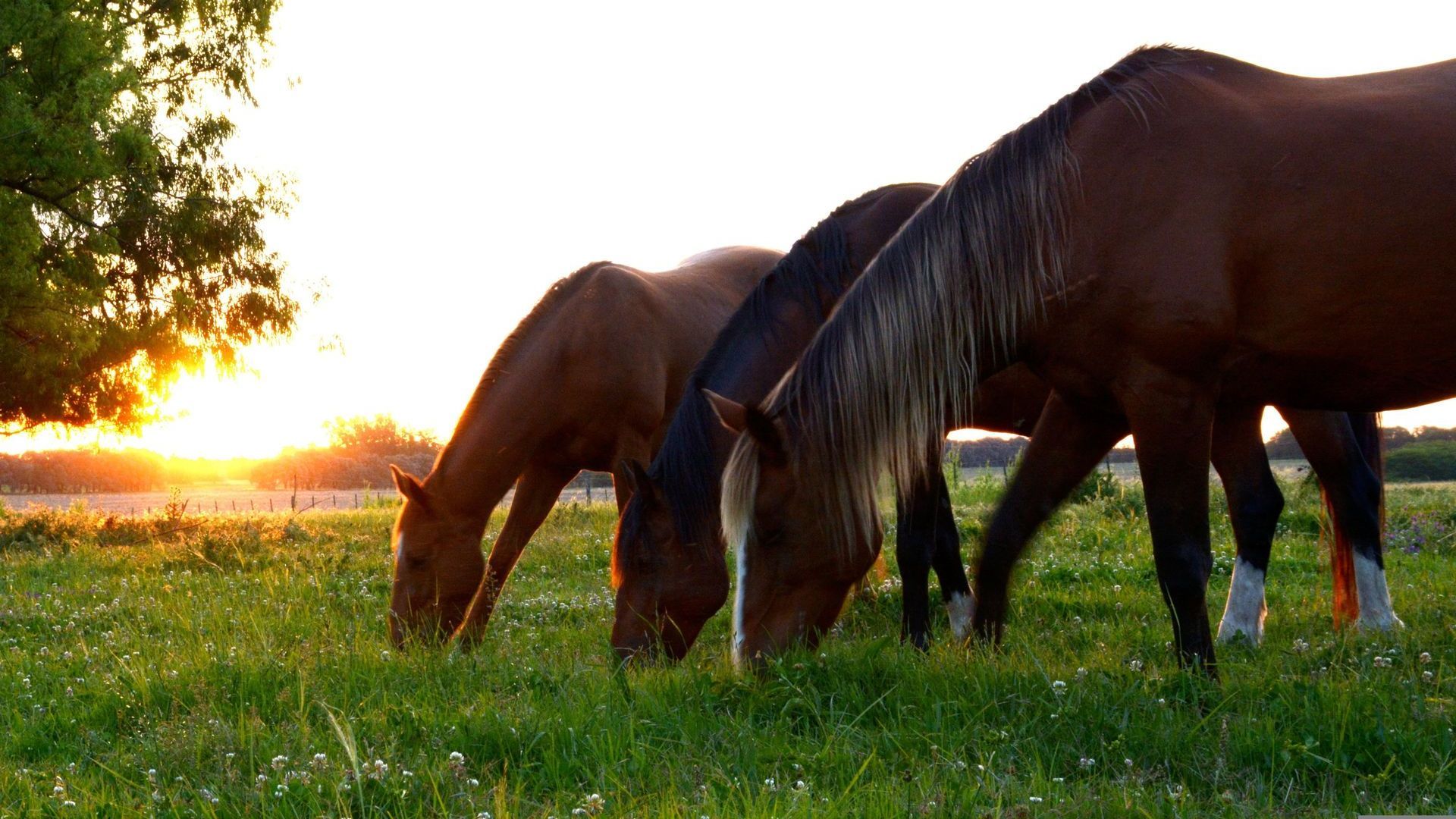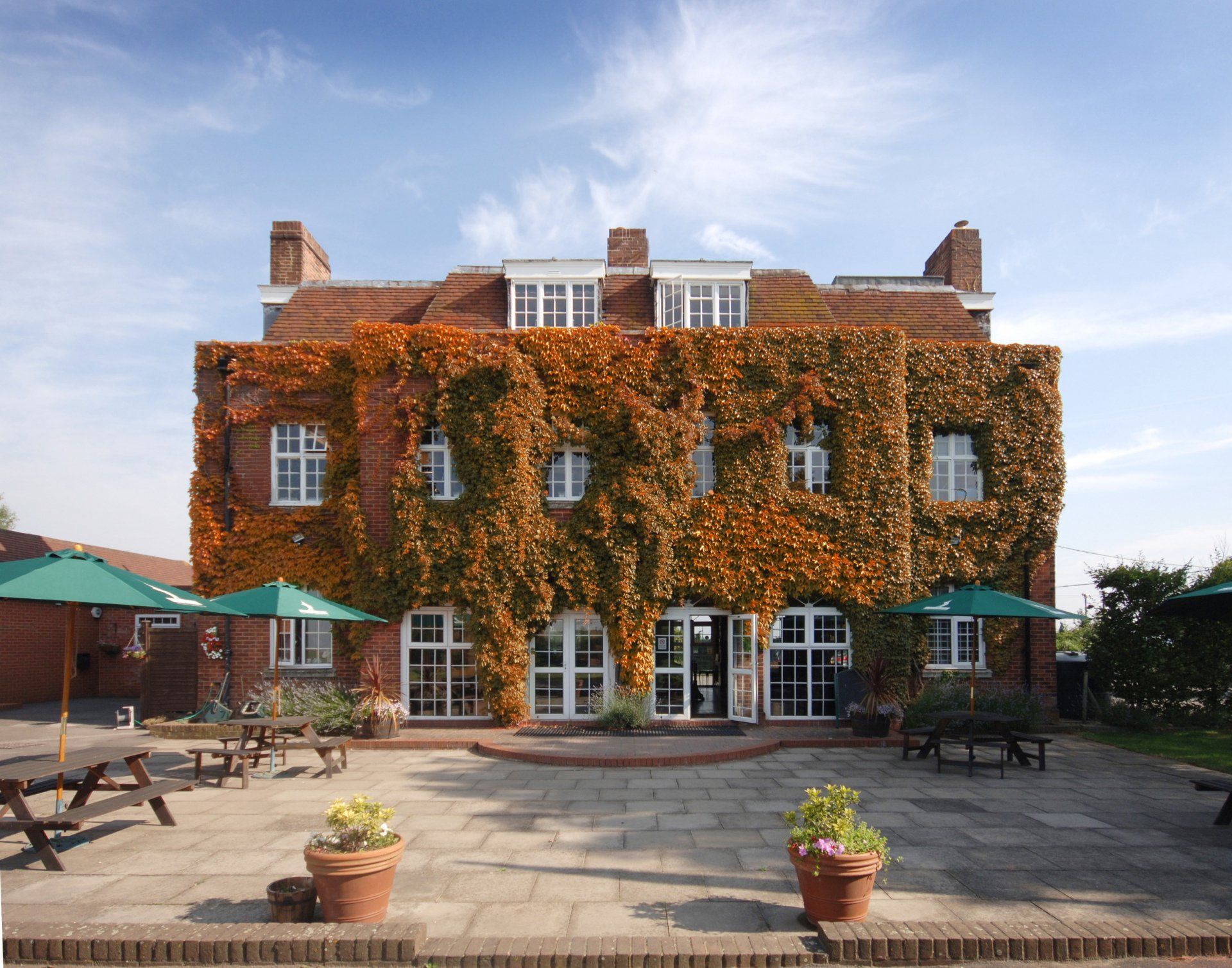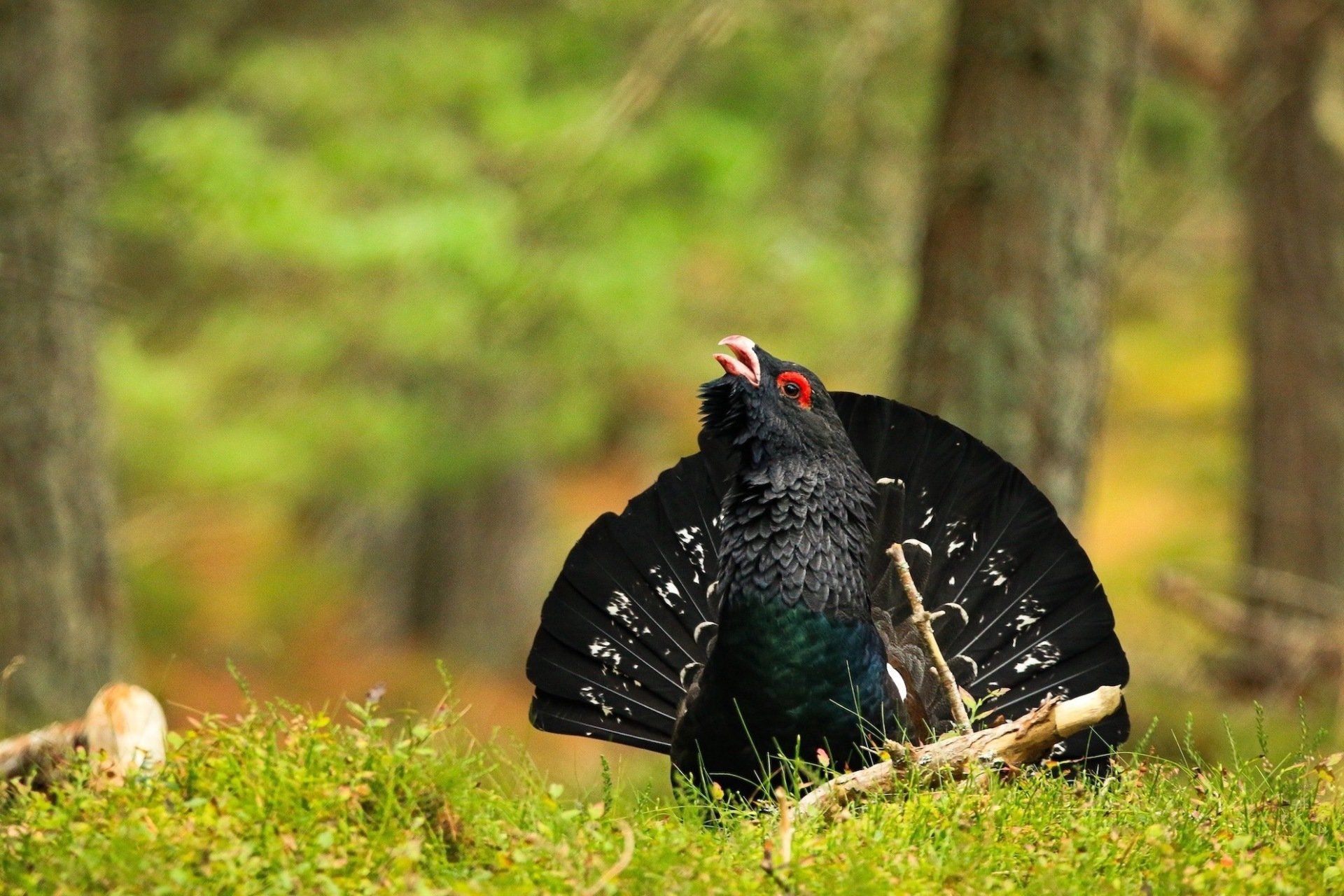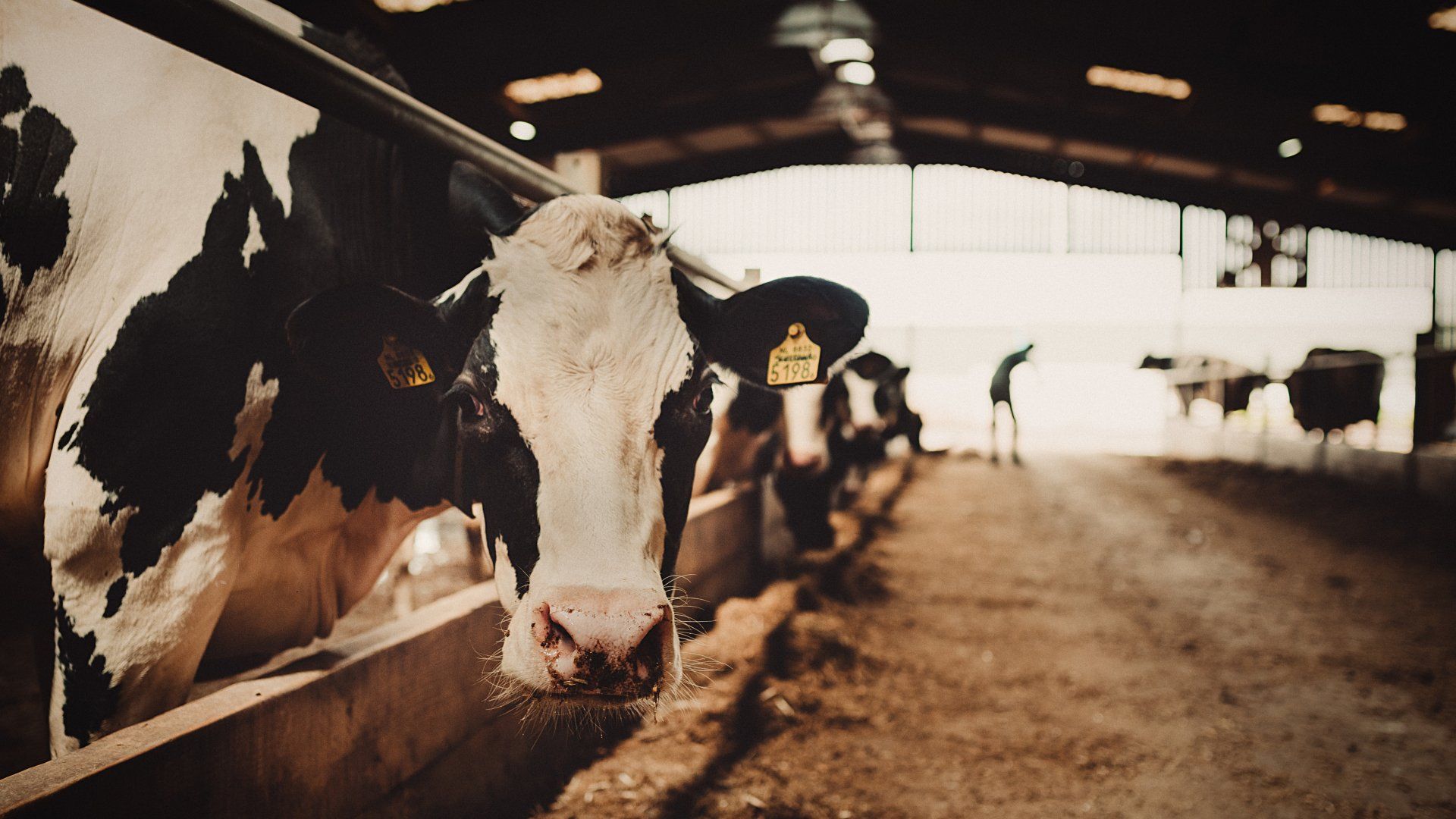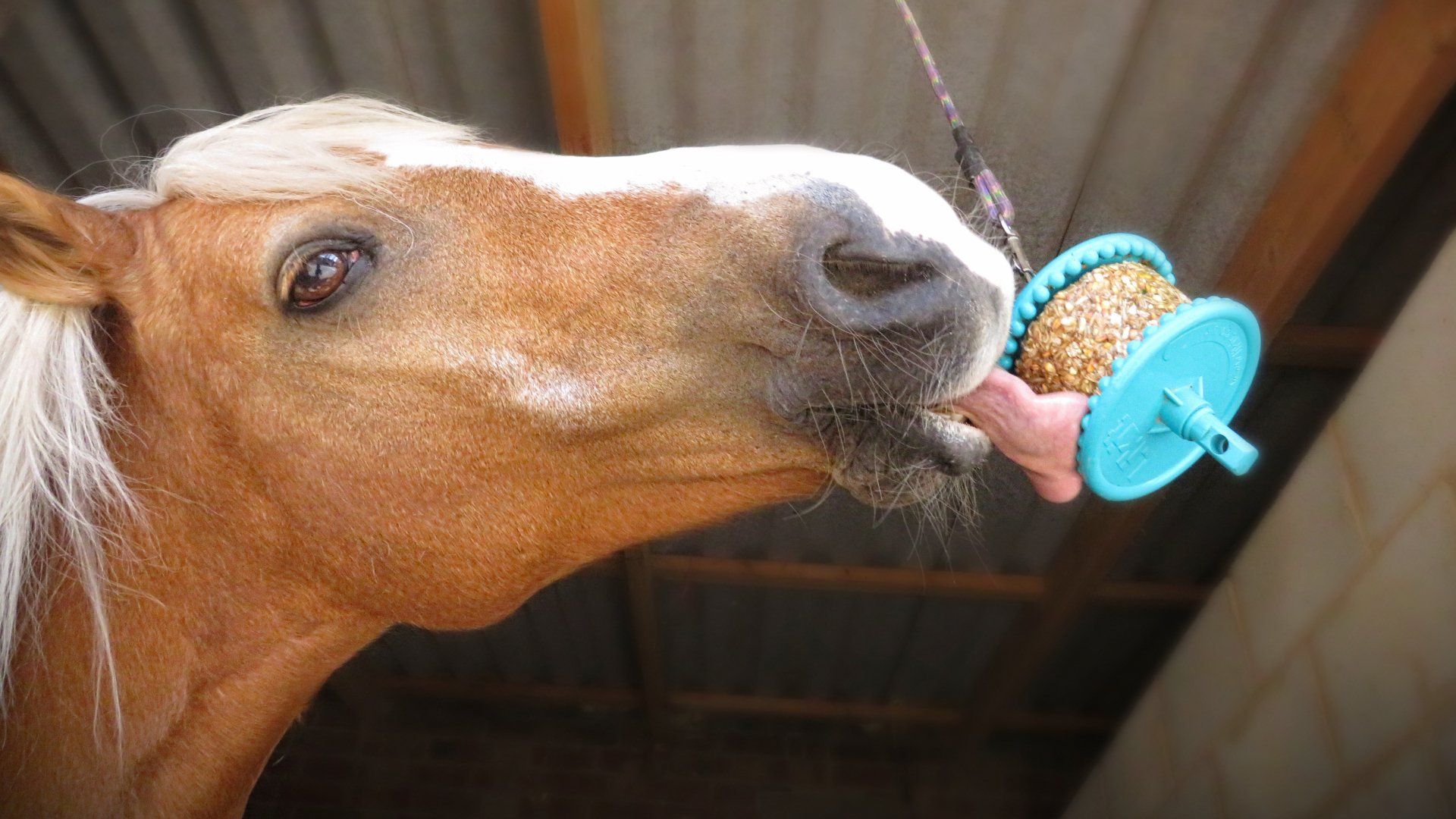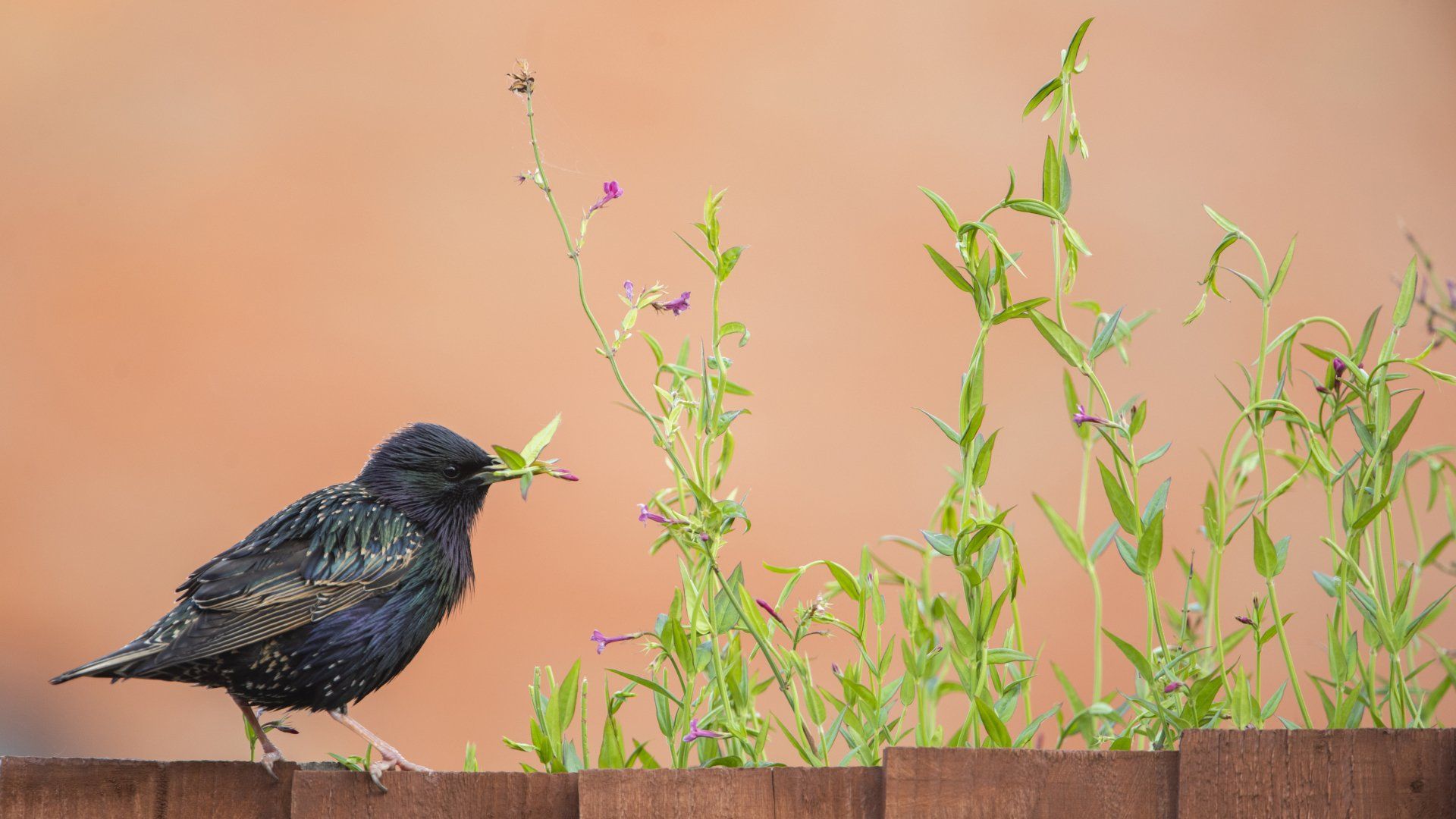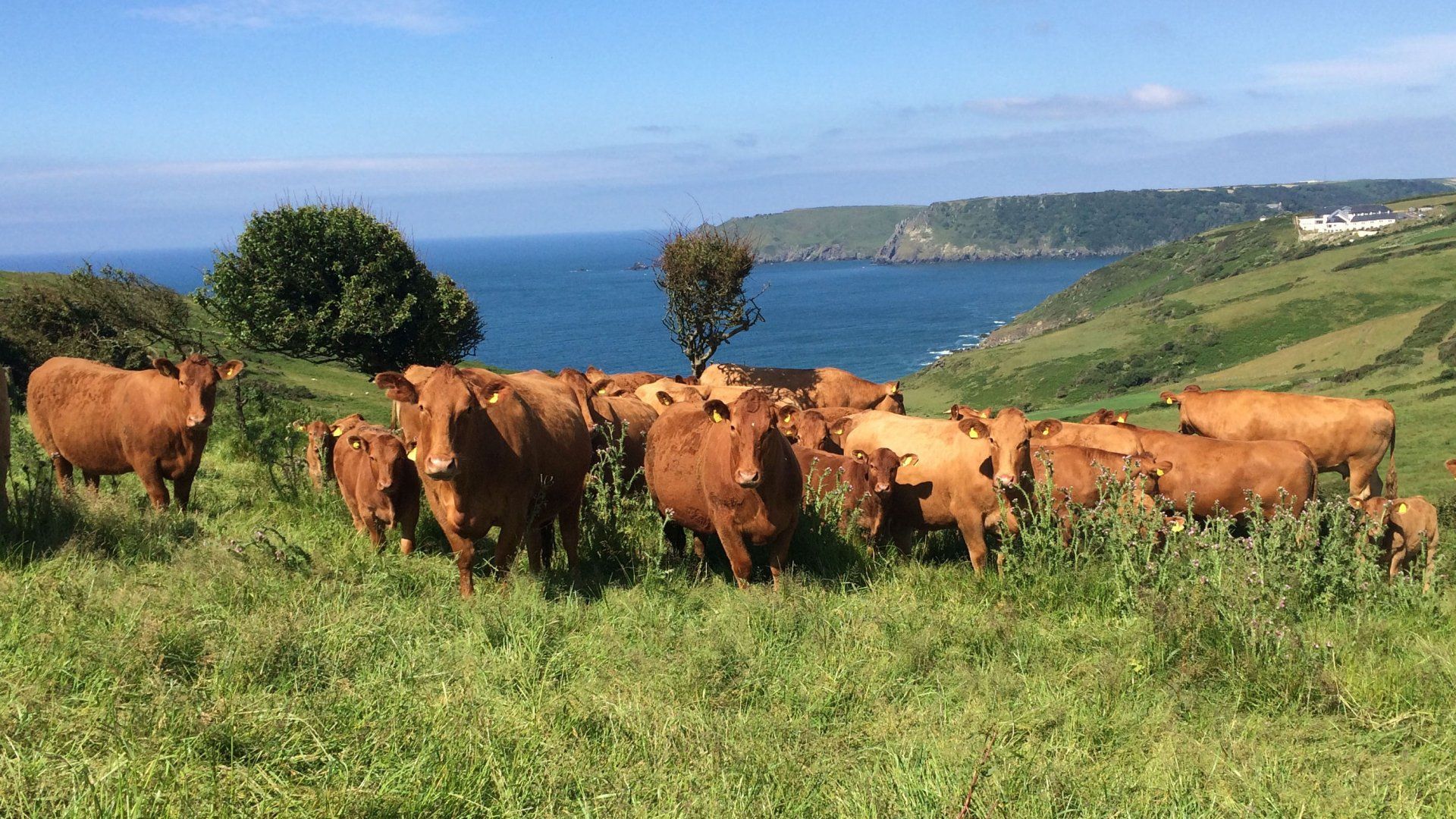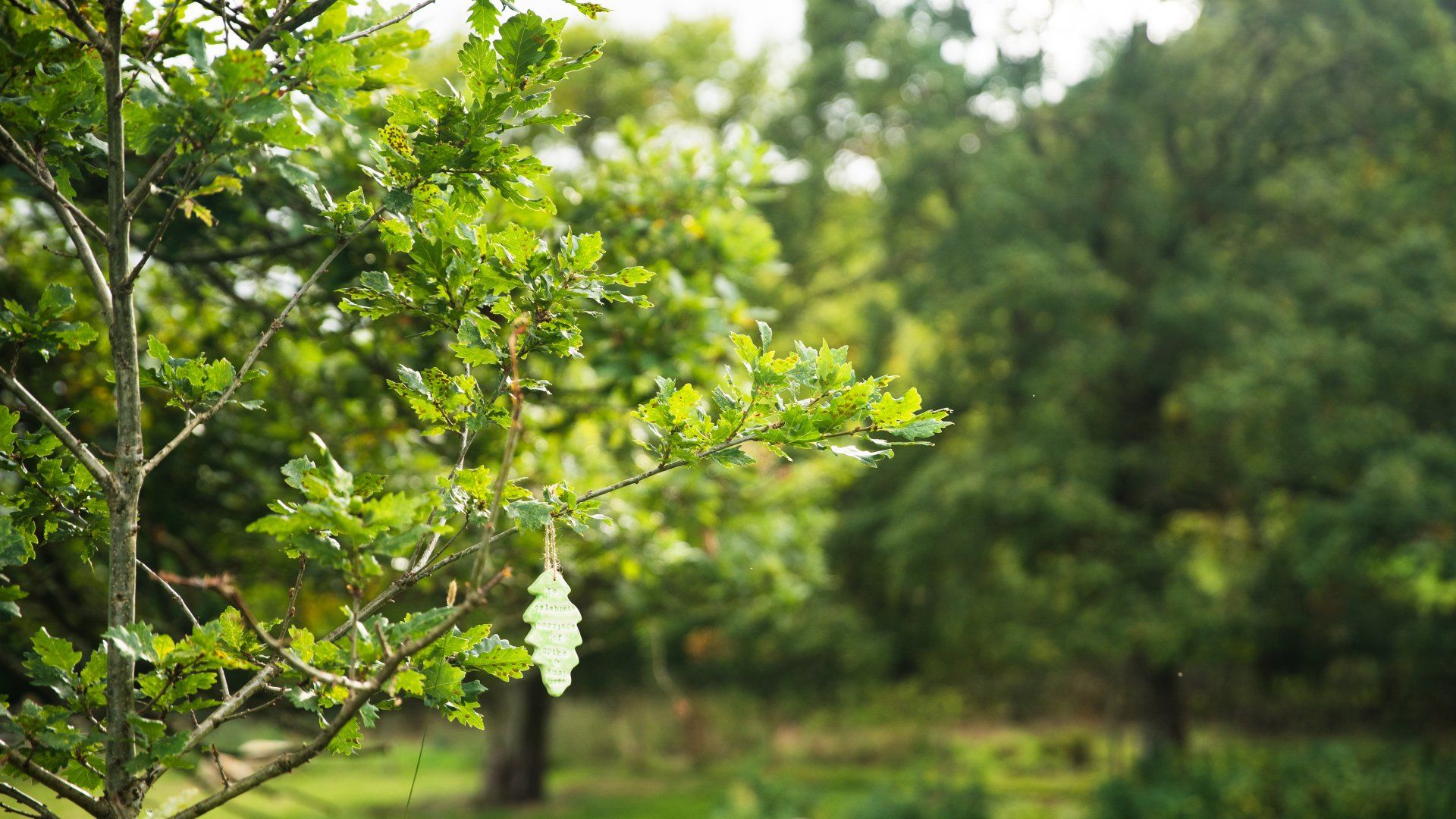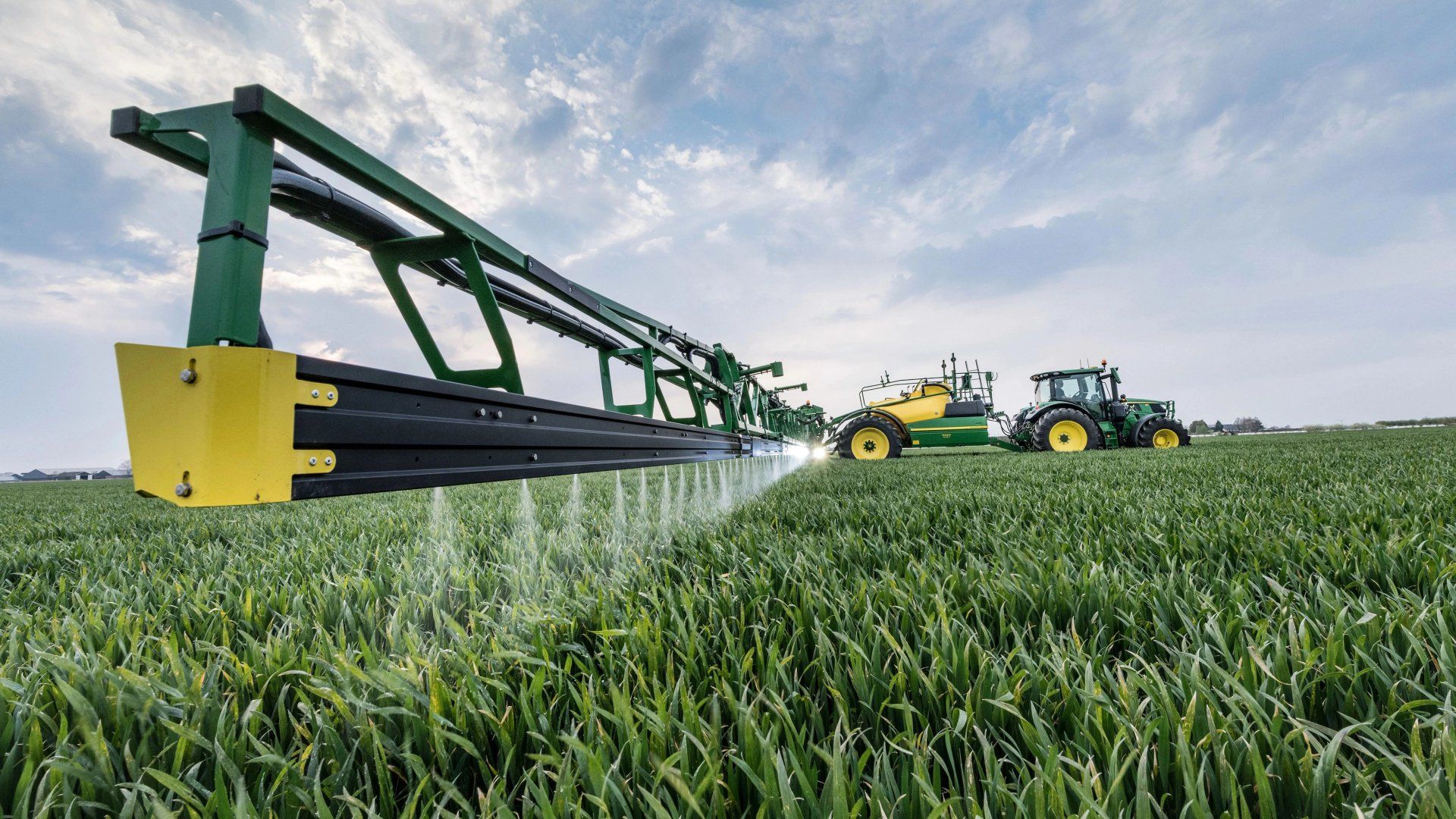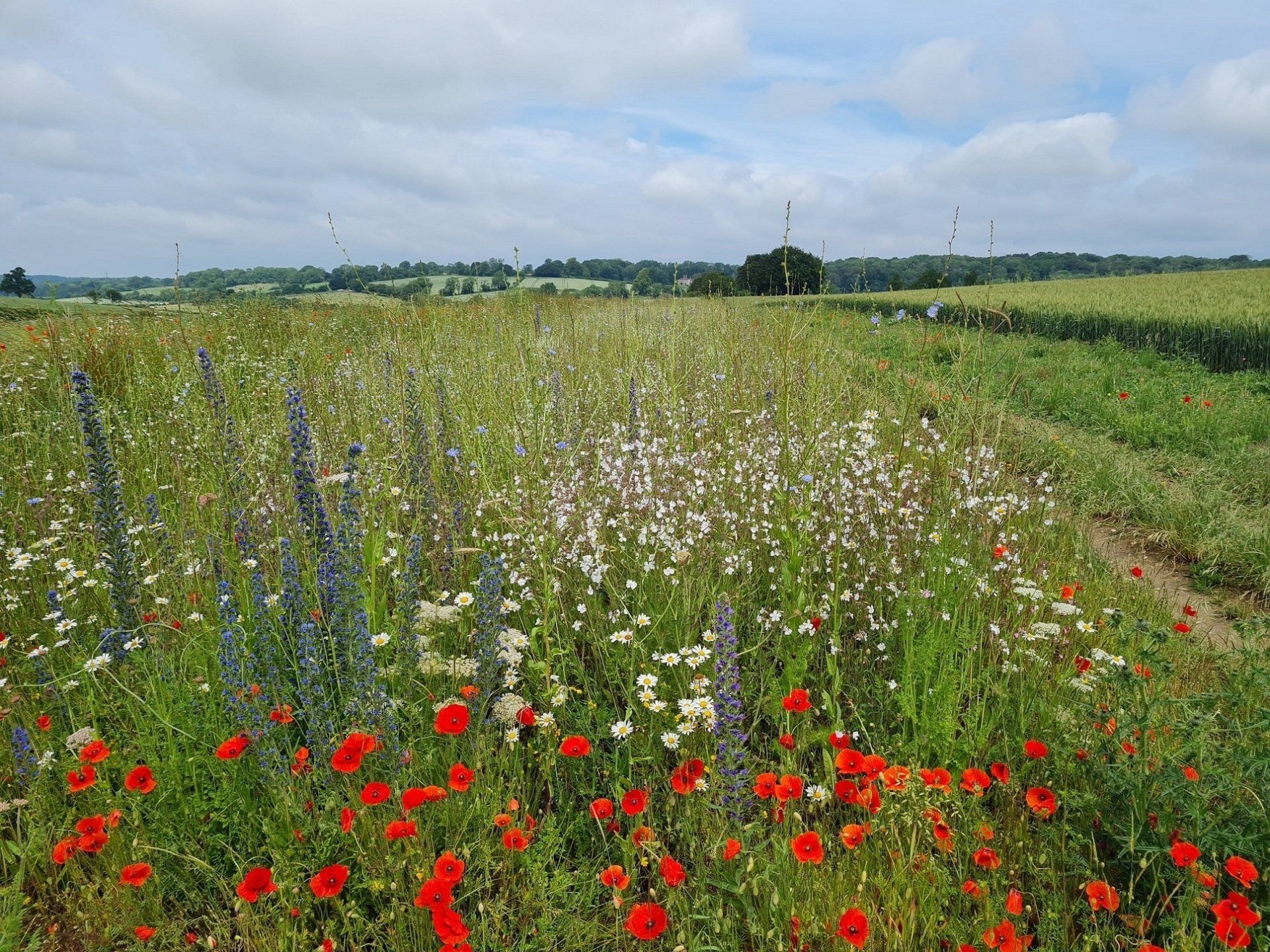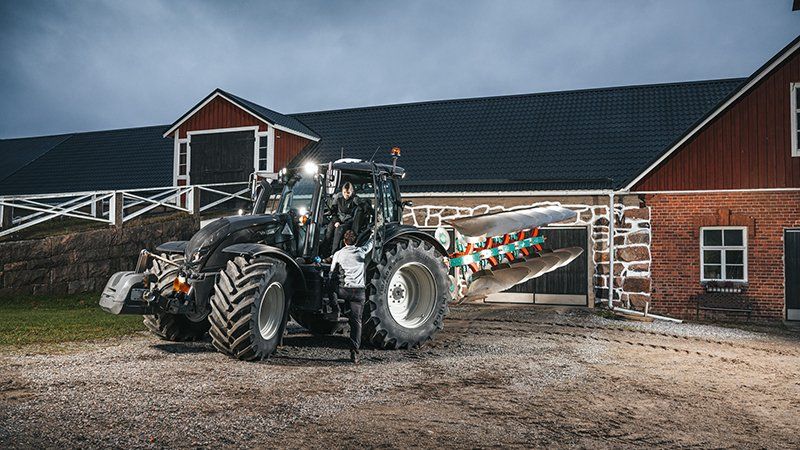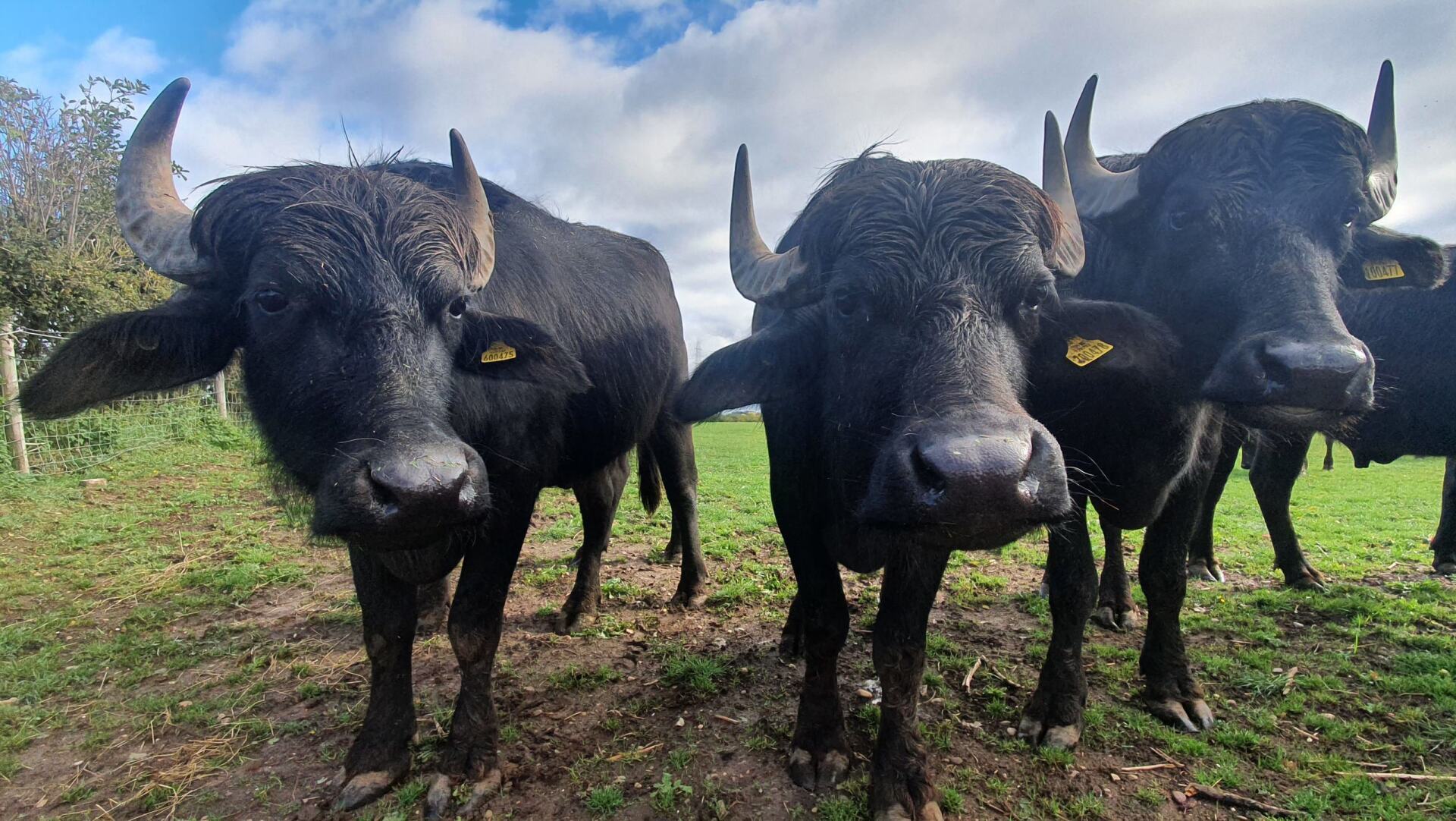What to Plant in May A Gardener’s Guide for a Flourishing Garden
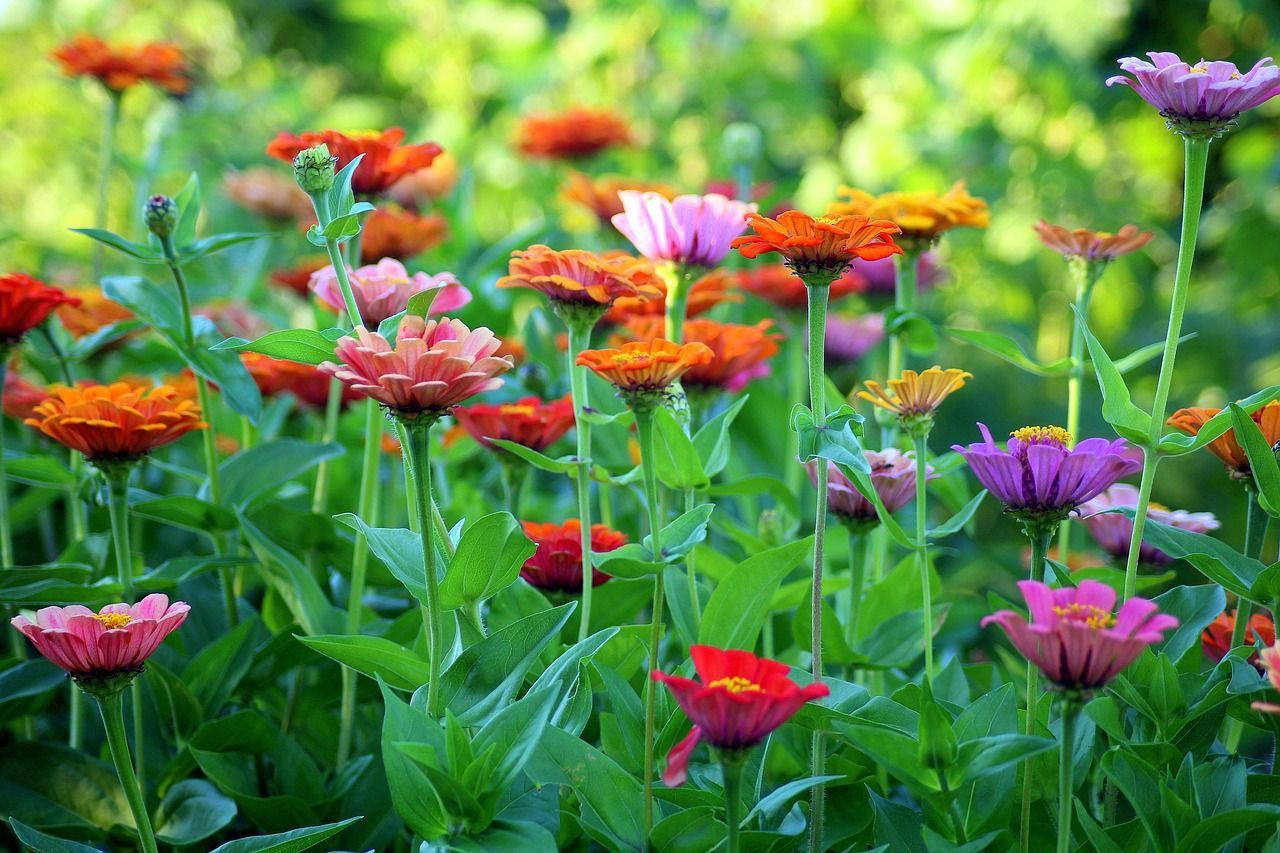
May is a transitional month in the gardening calendar, a time when the warmer weather and longer days bring renewed life to gardens across the countryside. For gardeners, it’s an exciting time to plant a variety of new crops and flowers, as the risk of frost begins to wane and the soil starts to warm up.
Whether you're a seasoned gardener or a beginner looking to add some color and produce to your garden, May offers a perfect window to get your hands in the dirt and sow seeds that will flourish throughout the season.
Below, we’ll explore some of the best plants to plant in May, broken down by category, for both ornamental and edible gardens.

Flowering Plants for Colour and Fragrance
May is the month when gardens truly begin to burst into colour, and there’s no shortage of flowers that can be planted now for a stunning display throughout the summer. Whether you’re looking for perennials, annuals, or shrubs, May offers an excellent opportunity to enhance the beauty of your garden with vibrant blooms.
Petunias
Petunias are a classic summer flower, offering a riot of colour in shades of pink, purple, red, and white. They’re perfect for hanging baskets, window boxes, or flower beds. Petunias thrive in full sun and well-drained soil, and they can tolerate the warmer temperatures of May. Plant them in a sunny spot with regular watering, and they will reward you with vibrant blooms all summer long.
Sunflowers
Sunflowers are a cheerful addition to any garden, and May is the ideal time to plant seeds. These tall, striking flowers need plenty of sunlight and well-drained soil to grow strong and tall. For an impressive display, plant sunflowers in rows or clusters, and be sure to space them apart to allow for ample growth. As the sunflowers bloom, they will provide food for pollinators like bees and butterflies, as well as seeds for birds.
Lavender
Lavender’s fragrant purple flowers and silvery-green foliage make it a popular choice for any garden, especially in the countryside. May is a great time to plant lavender, as it requires full sun and well-drained soil to thrive. It’s drought-tolerant once established and makes an excellent addition to herb gardens, flower borders, or even as a standalone plant in a sunny spot. Lavender also has the added benefit of attracting pollinators like bees and butterflies.
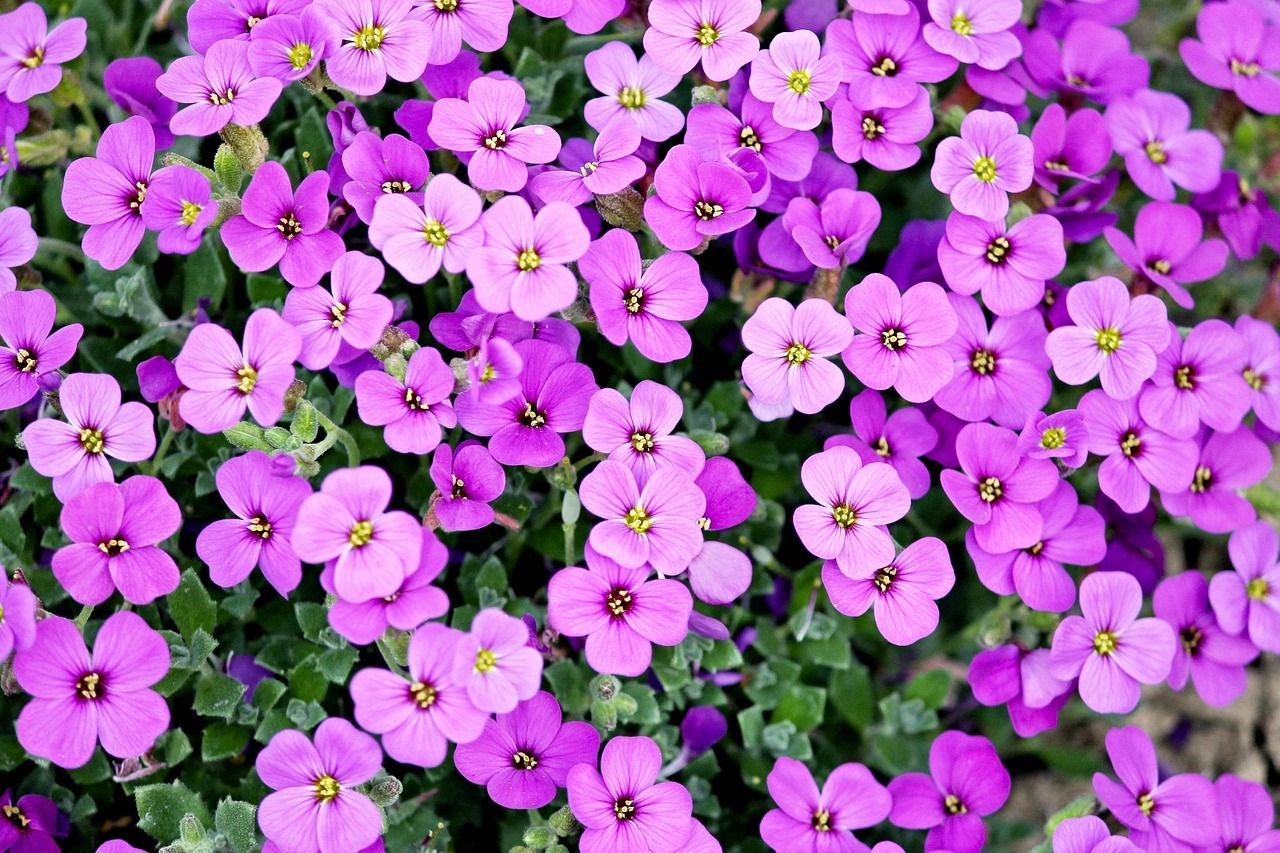
Zinnias
Zinnias are another colorful flower to plant in May, known for their bright hues of red, pink, orange, and yellow. They are hardy annuals that tolerate heat well and make excellent cut flowers. Zinnias prefer full sun and well-drained soil, and they are relatively low-maintenance, making them a perfect choice for beginners. Their vibrant blooms will last all summer and into the fall, providing a continuous burst of color in the garden.
Trees and Shrubs for Long-Term Growth
May is also an excellent time to plant trees and shrubs, especially if you're looking to add long-term structure and beauty to your garden. Planting in May allows trees and shrubs to establish their roots before the heat of summer sets in, giving them the best chance for healthy growth.
Roses
Roses are a garden favorite, and May is the perfect time to plant them. Whether you’re planting bare-root roses or established potted roses, they will benefit from the warm temperatures and the longer days. Roses need full sun and well-drained soil to flourish. With regular care and attention, they will reward you with stunning blooms and a lovely fragrance throughout the summer.
Hydrangeas
Hydrangeas are another perennial shrub that can be planted in May. Known for their large, showy blooms, hydrangeas thrive in a variety of colors depending on soil pH. They require partial to full sun and prefer slightly acidic, well-drained soil. Hydrangeas are perfect for adding structure and beauty to any garden, and with the right care, they can grow to be quite large and stunning.
Considerations for May Planting
While May offers a wonderful opportunity to plant a variety of crops and flowers, it’s important to keep a few things in mind:
• Frost Risk: Always be aware of the last frost date in your area. Though May is generally safe, late frosts can still occur, especially in northern or higher-altitude regions.
• Soil Preparation: Ensure the soil is warm enough for planting. You can test this by checking the soil temperature with a soil thermometer. The soil should be at least 60°F (15°C) for most plants.
• Watering: As temperatures rise, watering becomes crucial, especially for newly planted seeds and seedlings. Make sure your garden has a reliable irrigation system in place or be prepared to water regularly.
May is an exciting month for gardeners, offering a perfect balance of warm weather and ample daylight. Whether you’re planting vegetables, flowers, or shrubs, this is the month to prepare for a lush and vibrant garden.
By selecting the right plants for the season, ensuring proper care, and staying mindful of local weather conditions, you’ll be well on your way to cultivating a thriving garden that will provide beauty and bounty throughout the year.
Read more:






